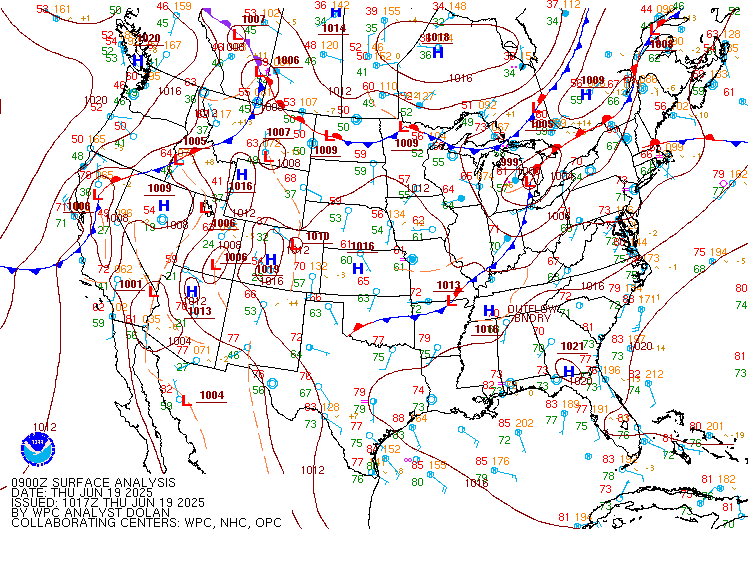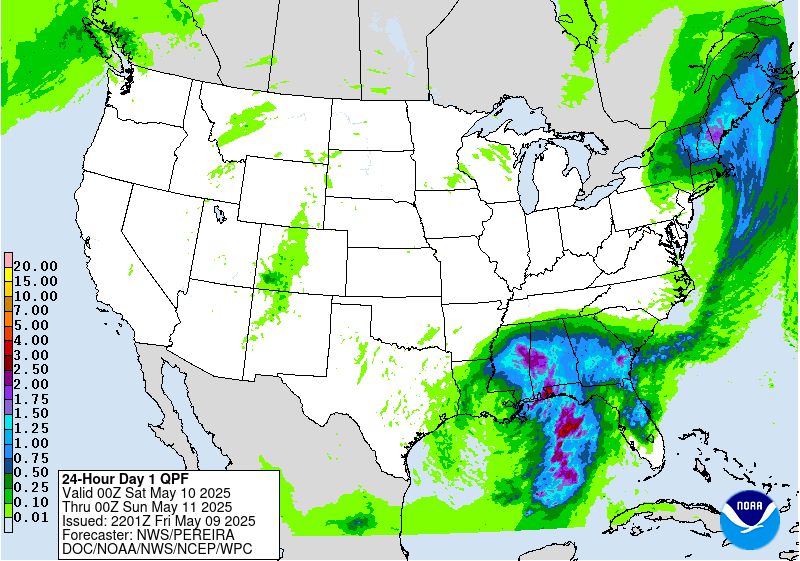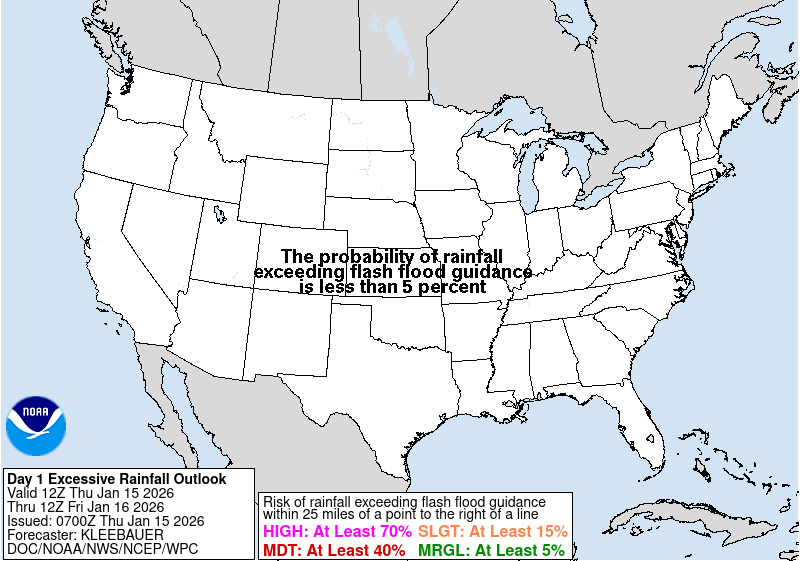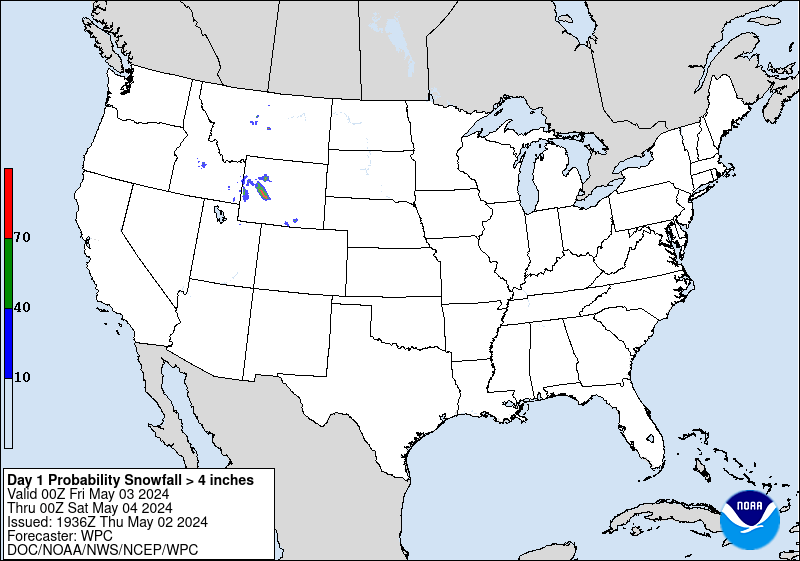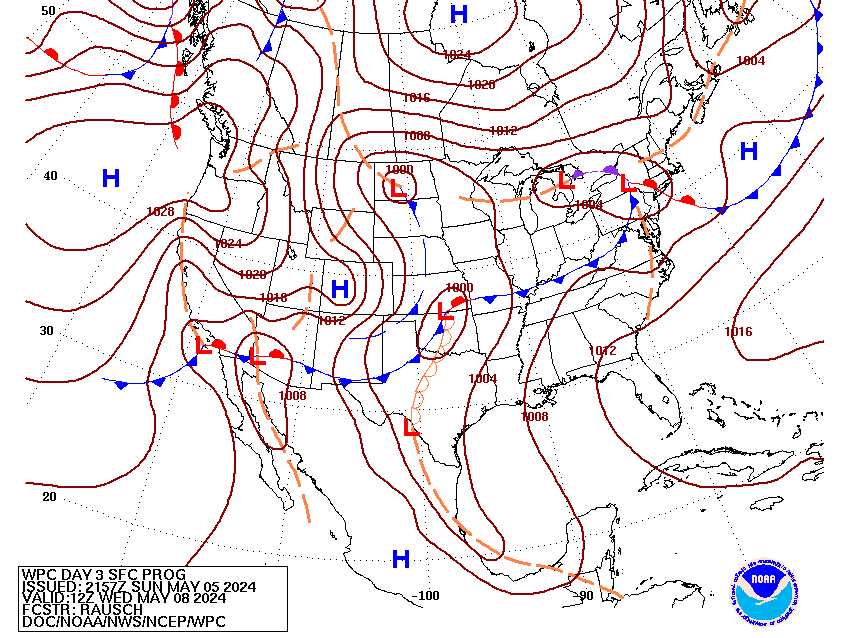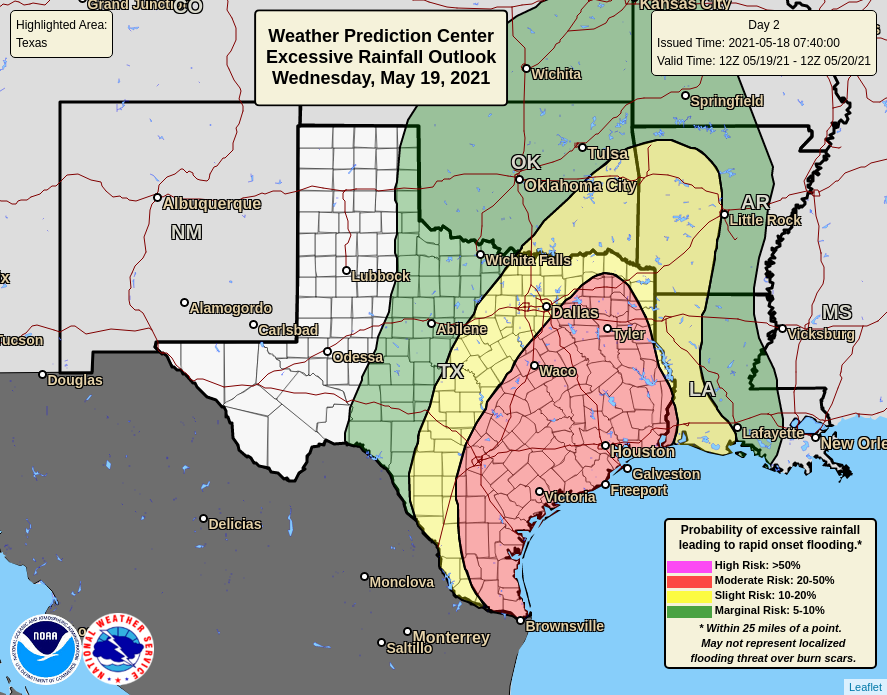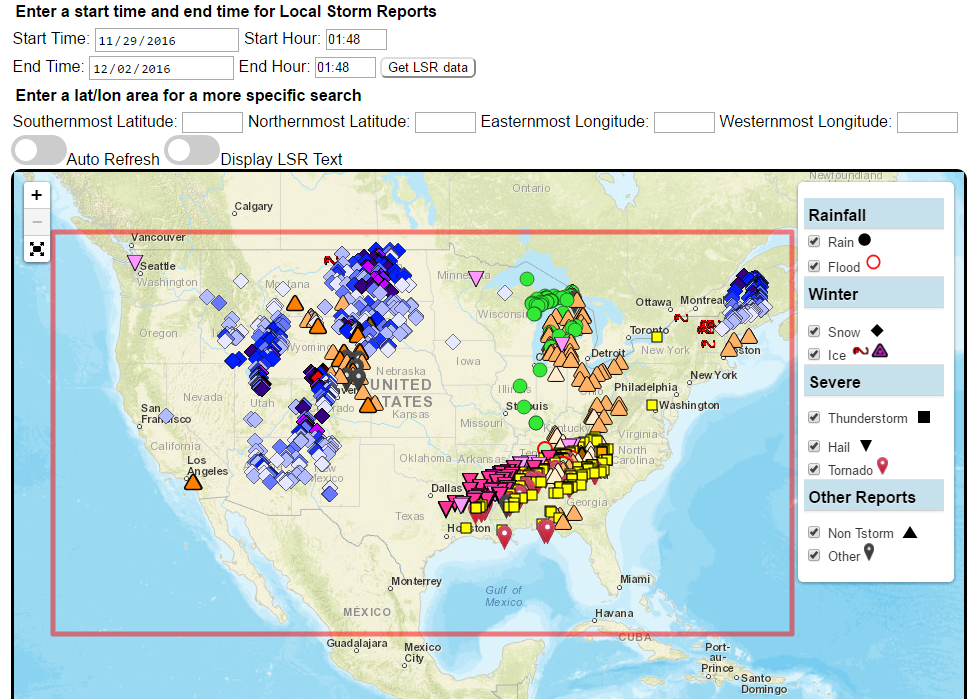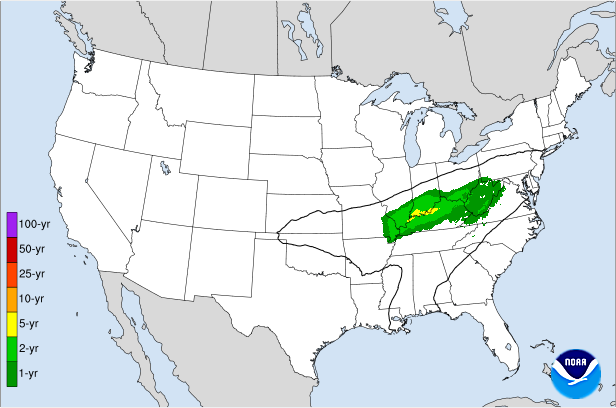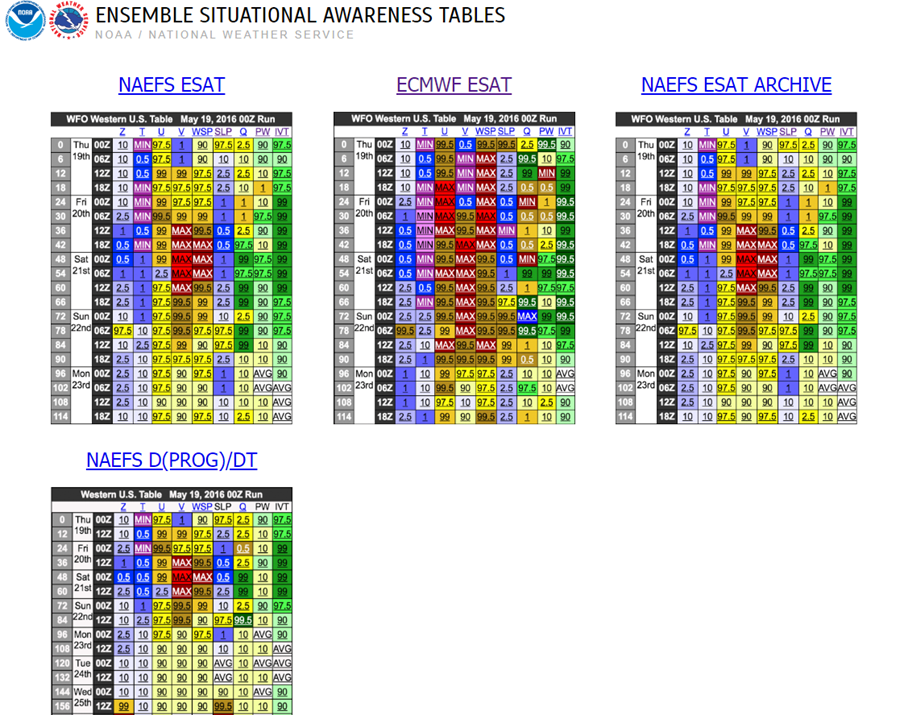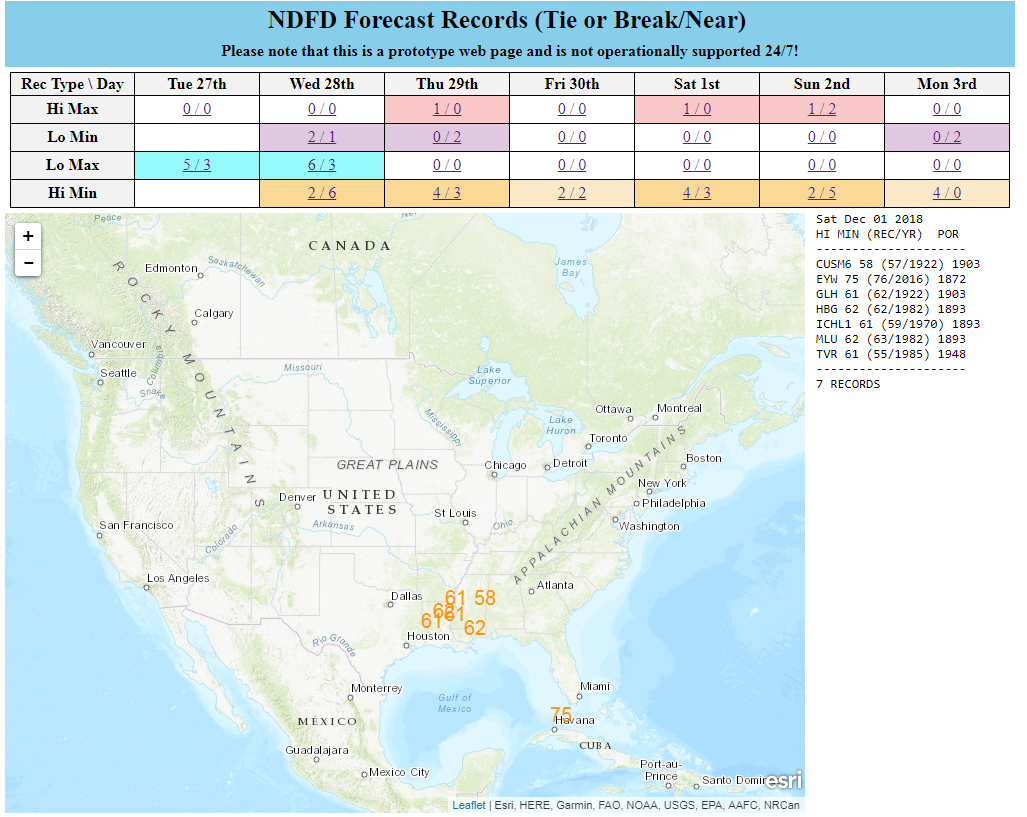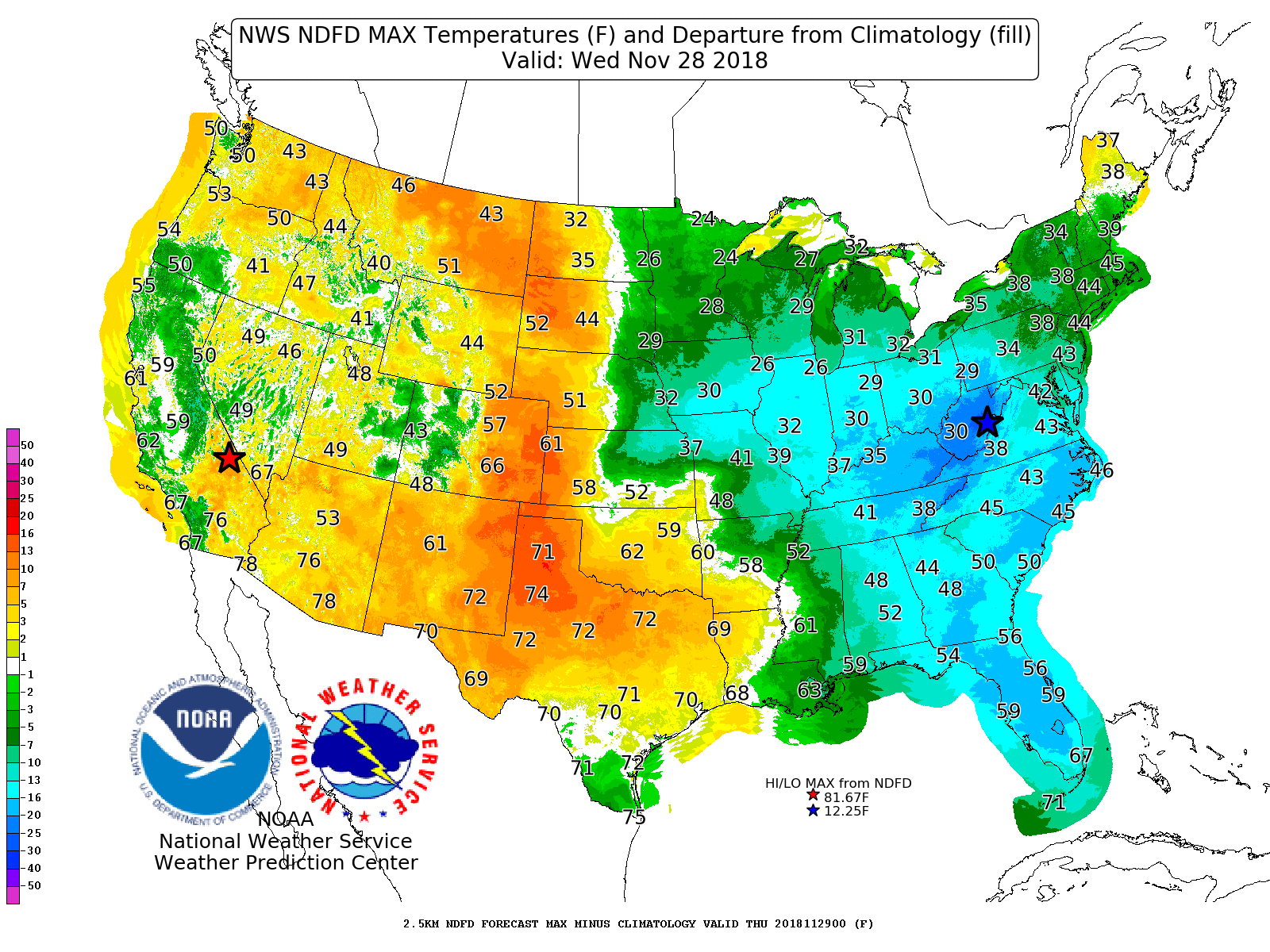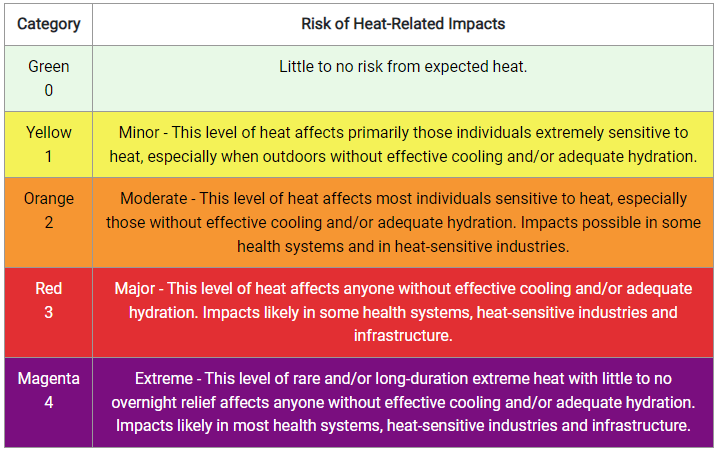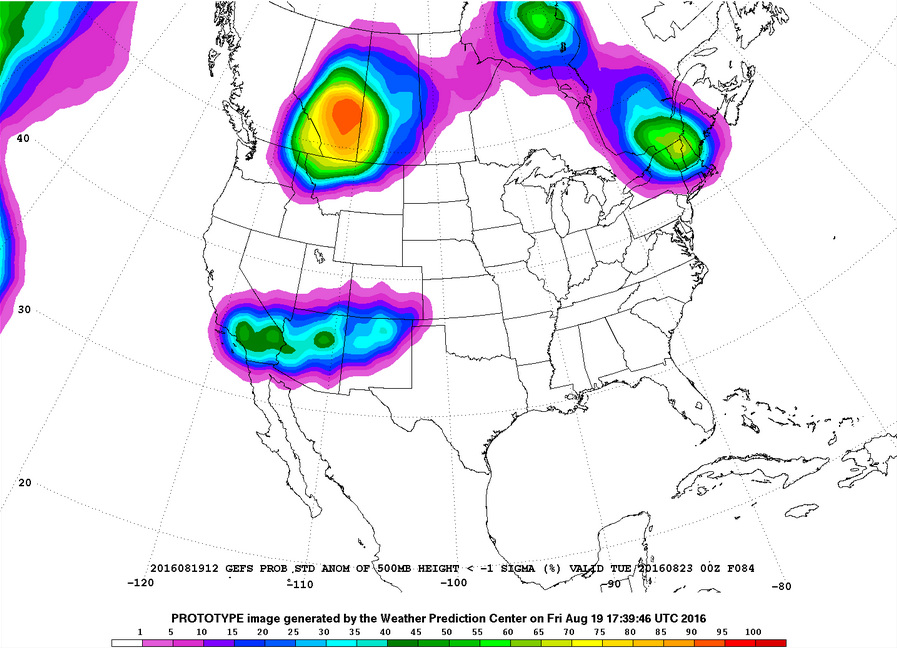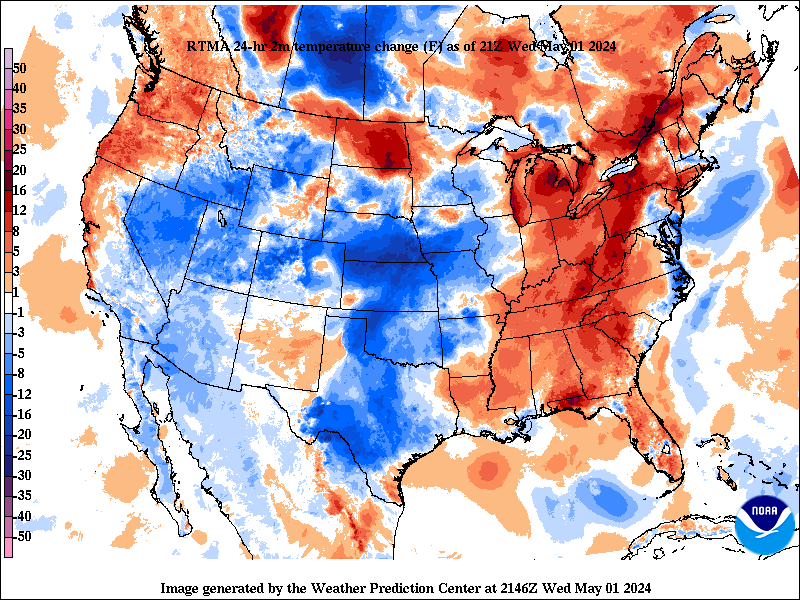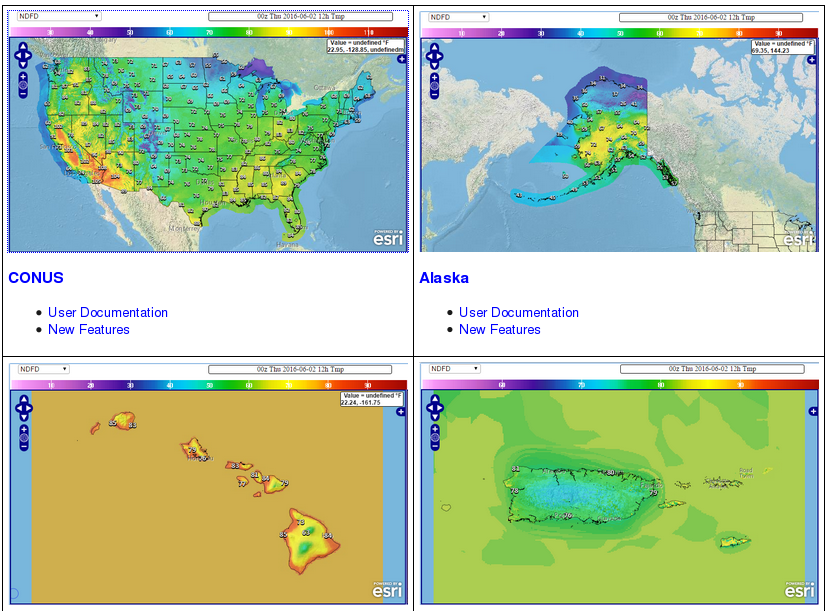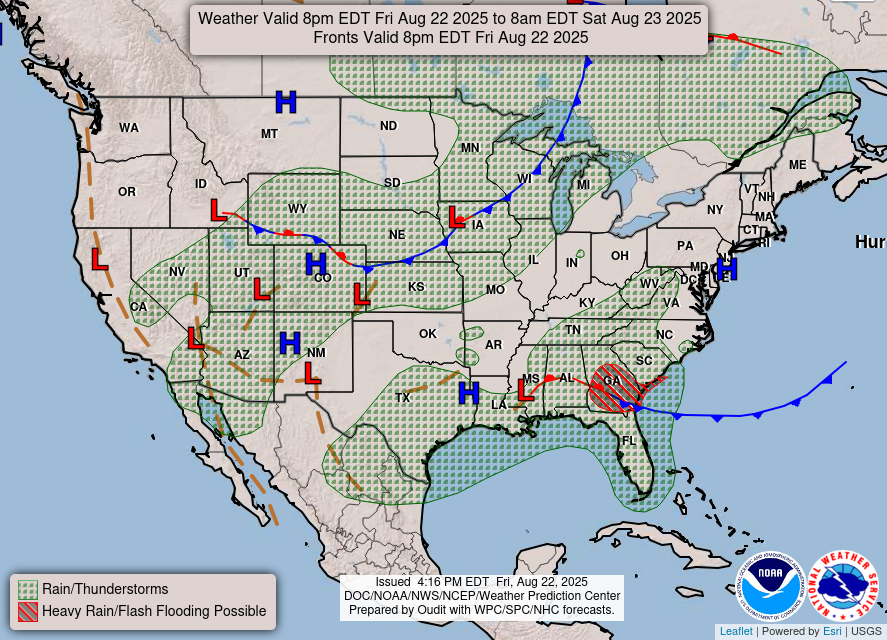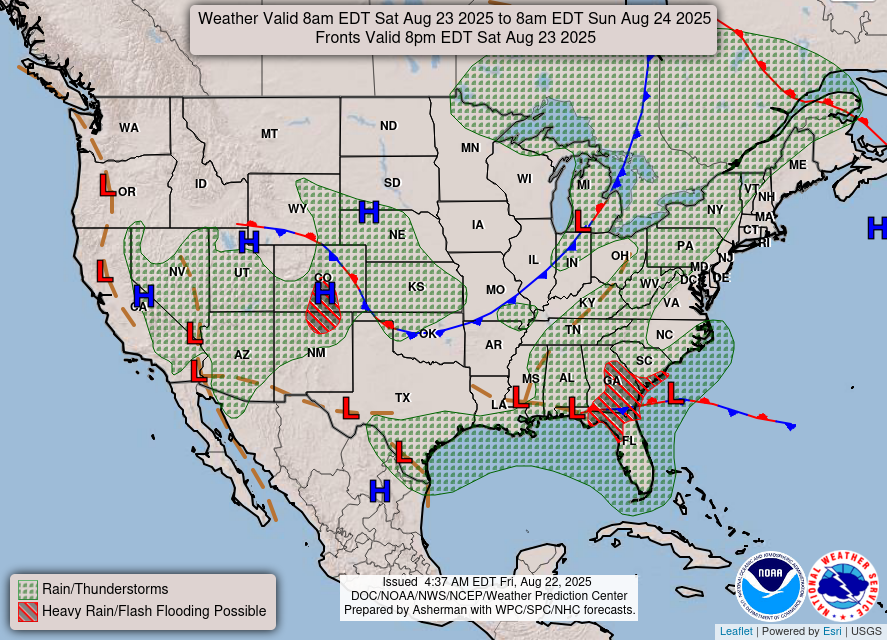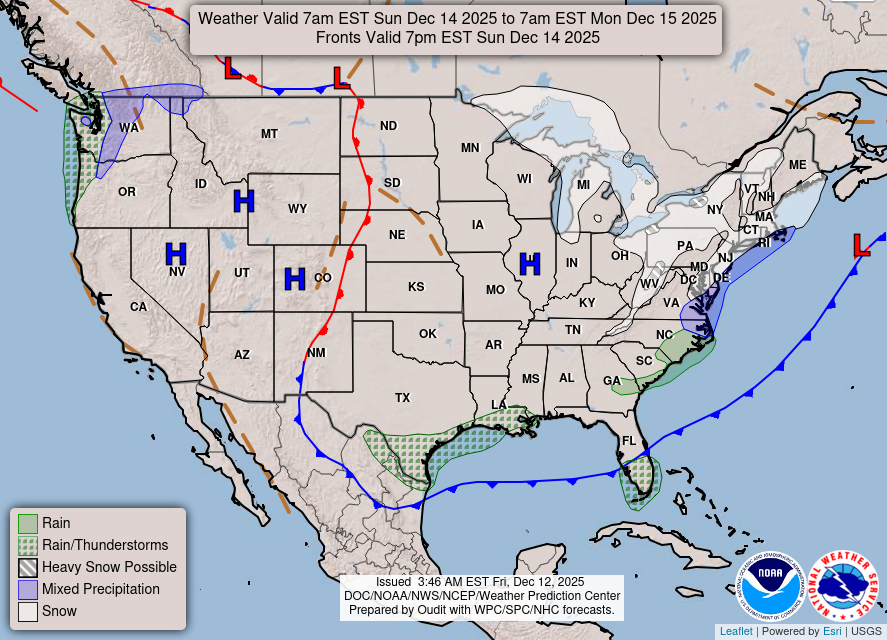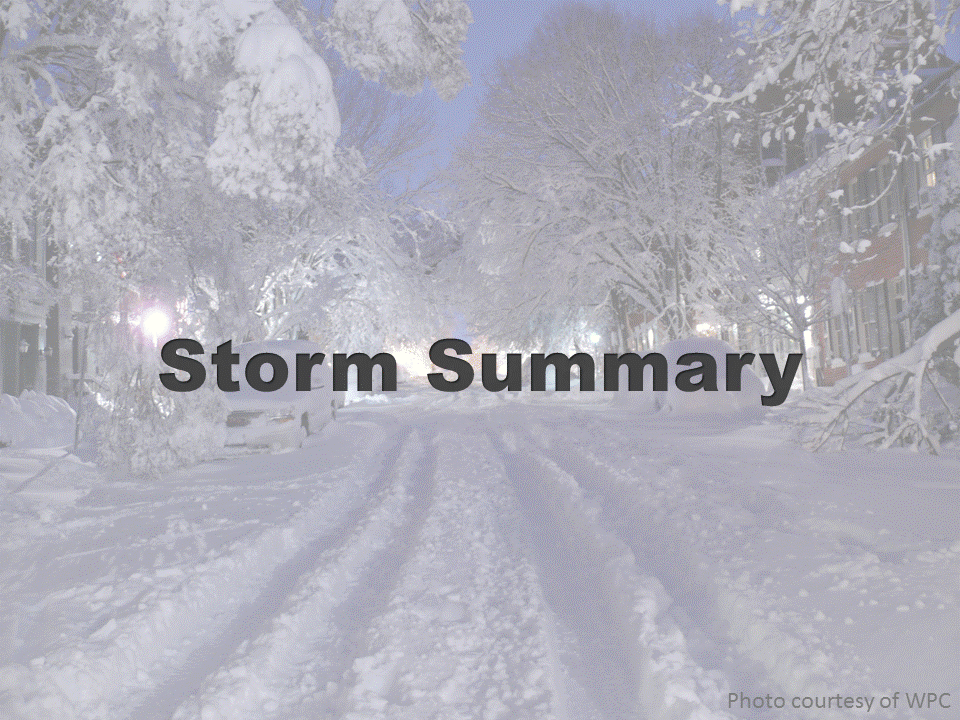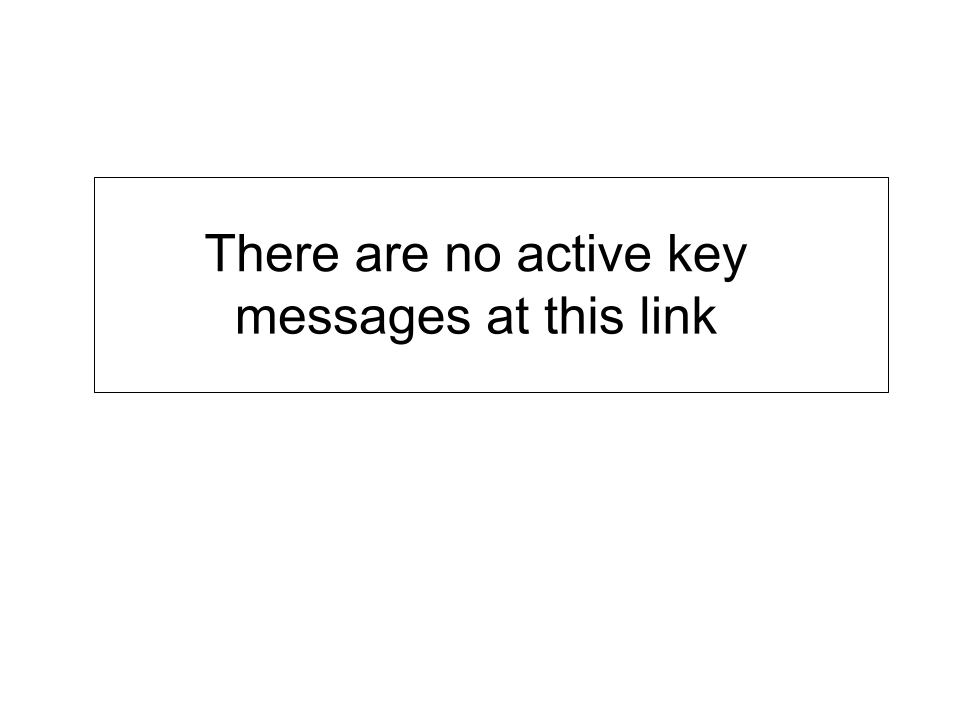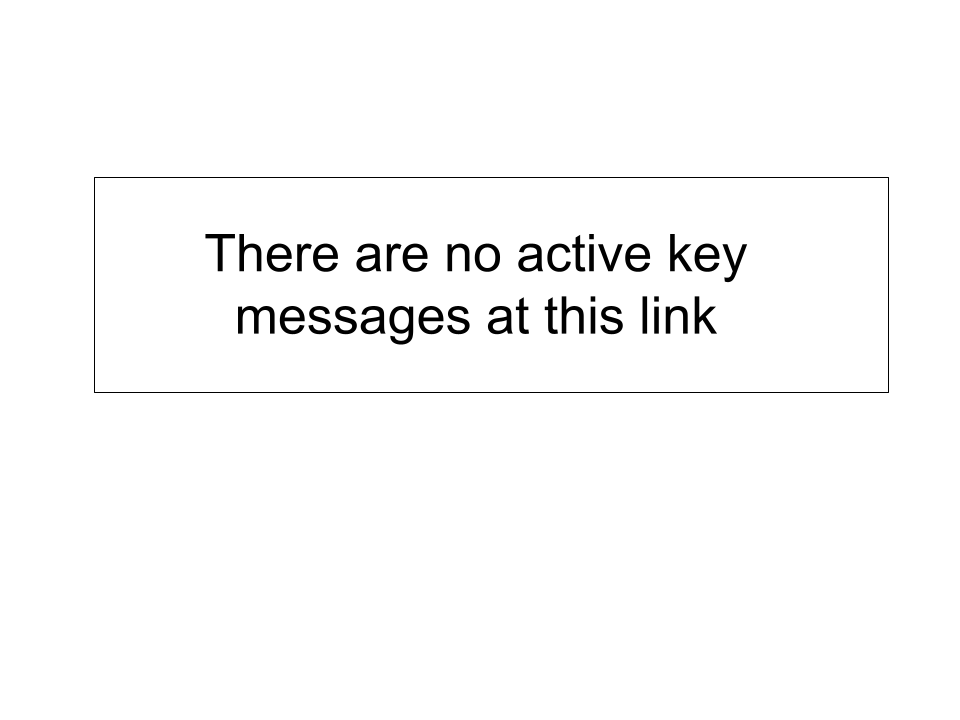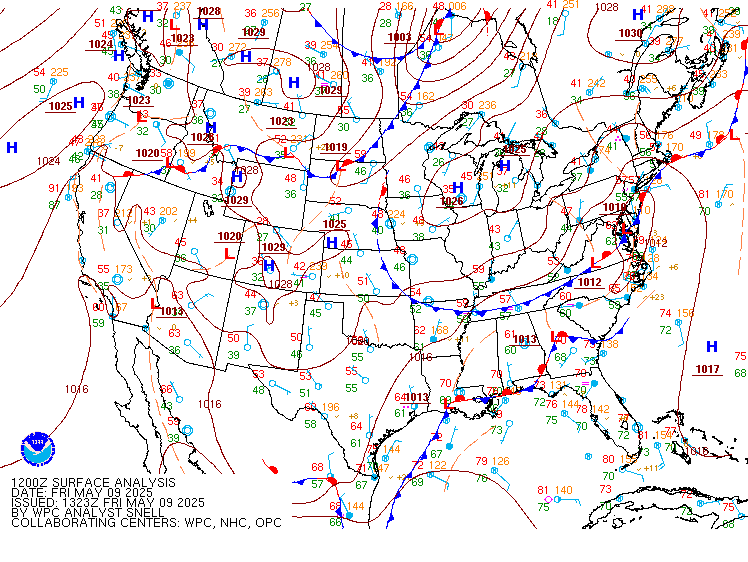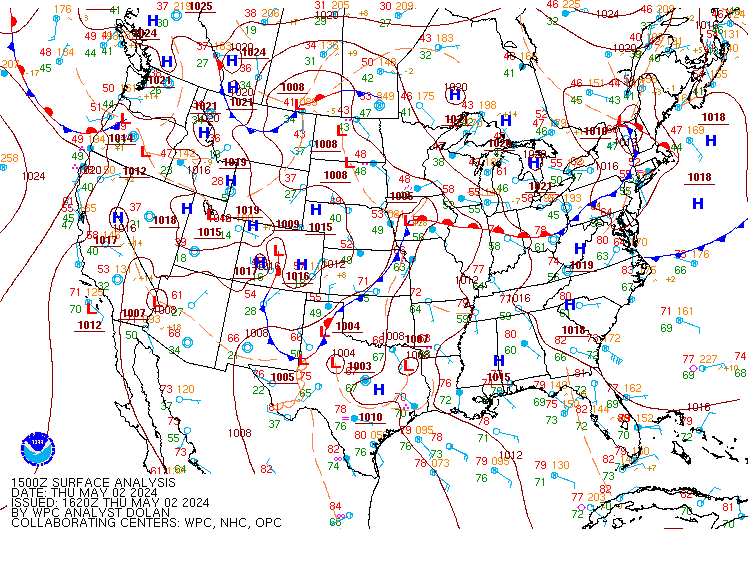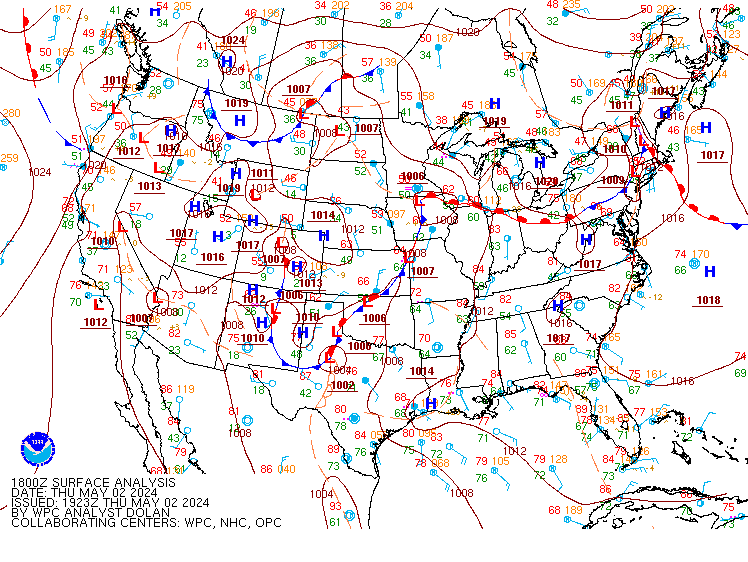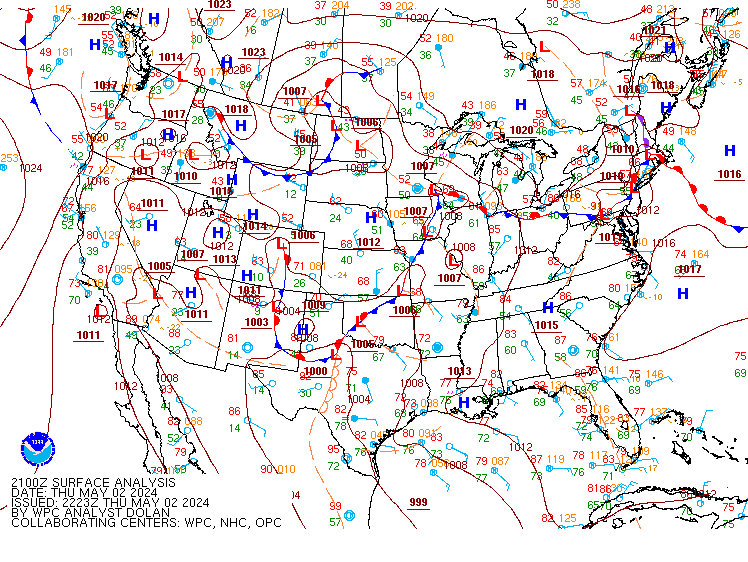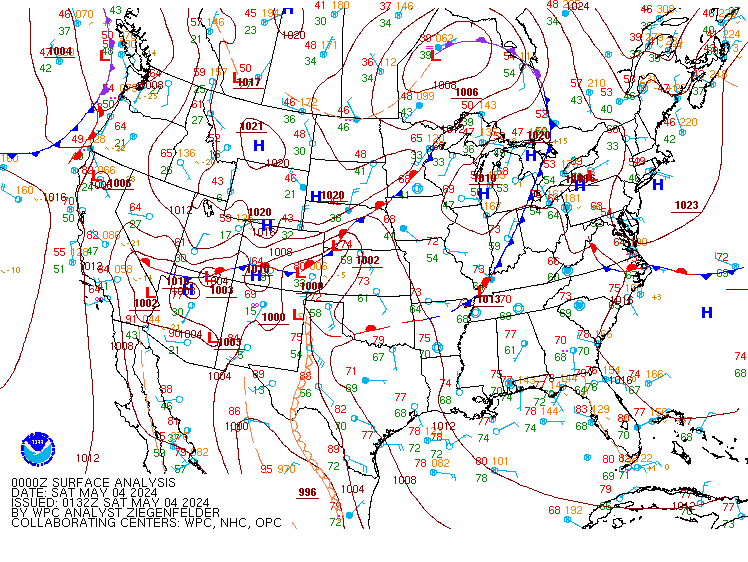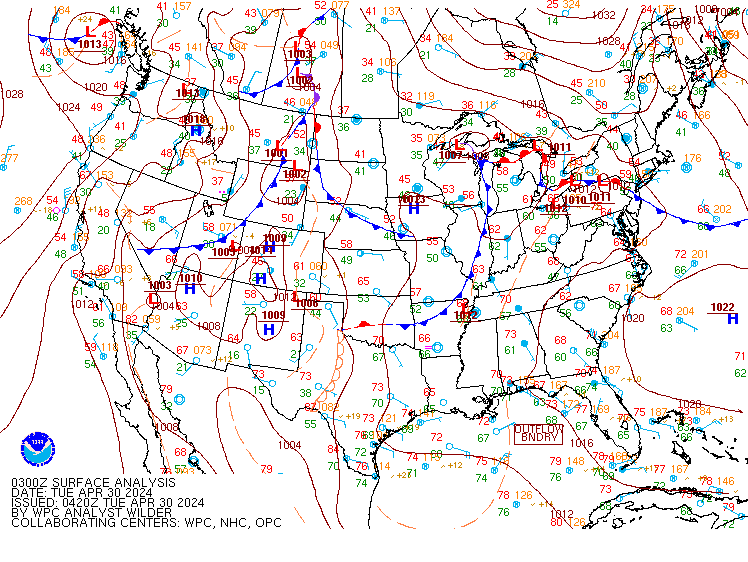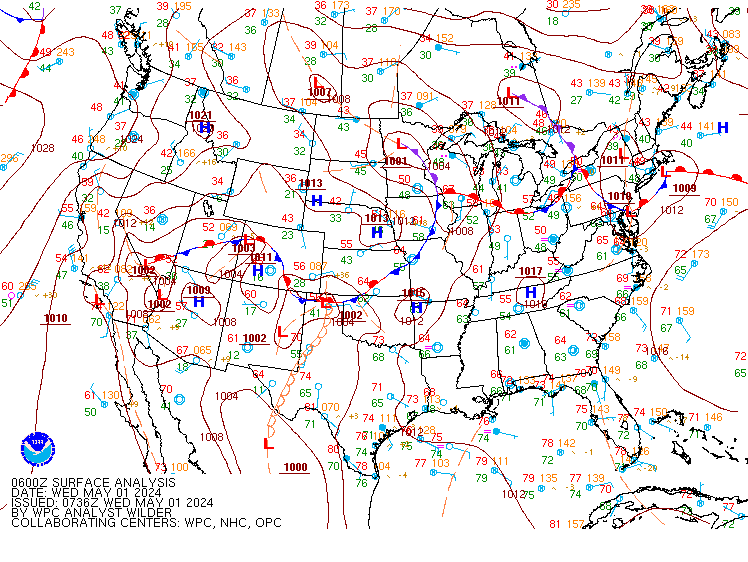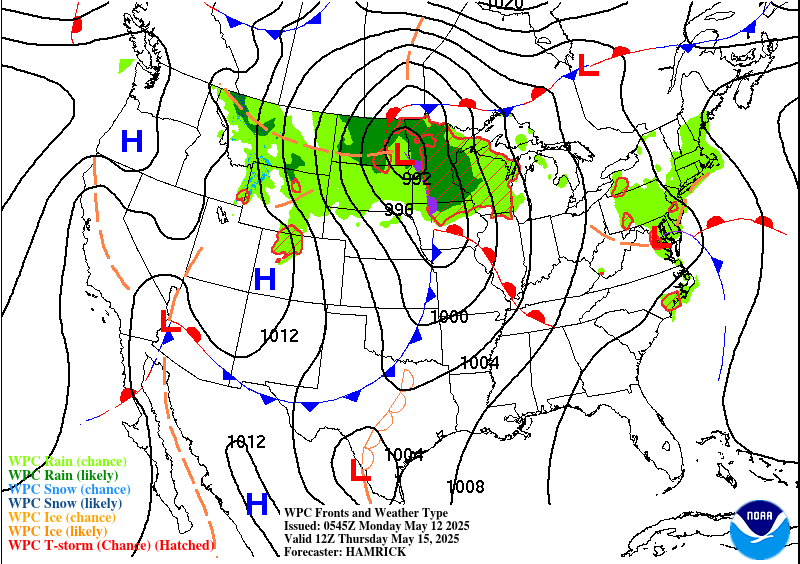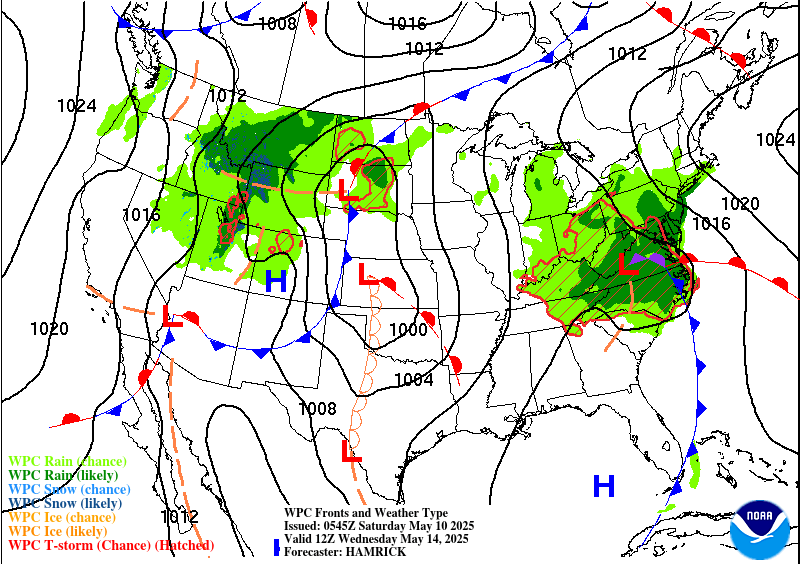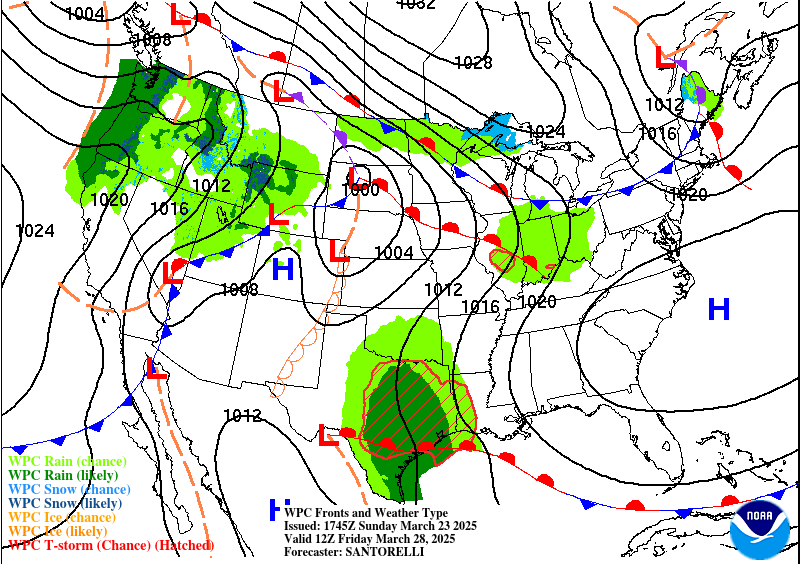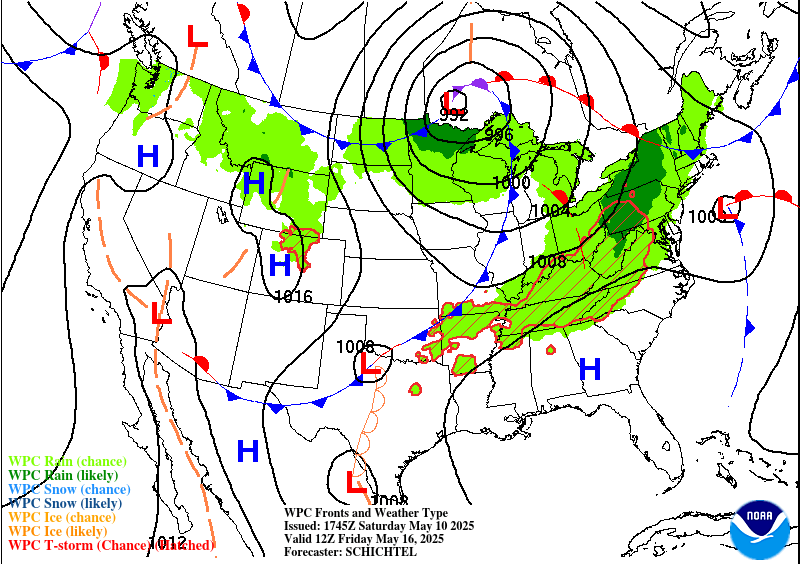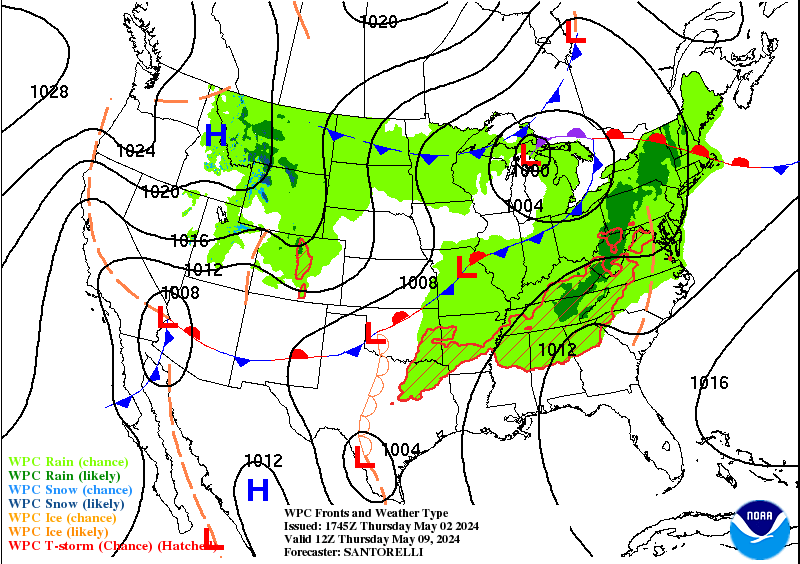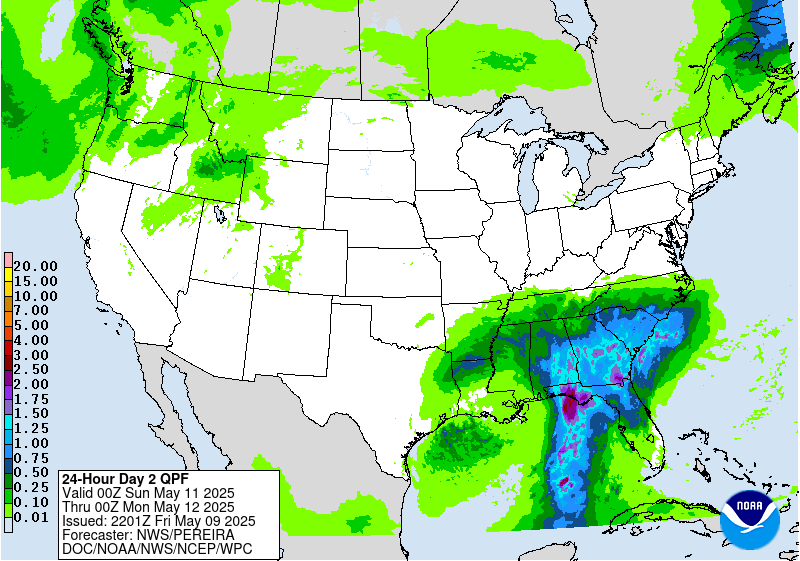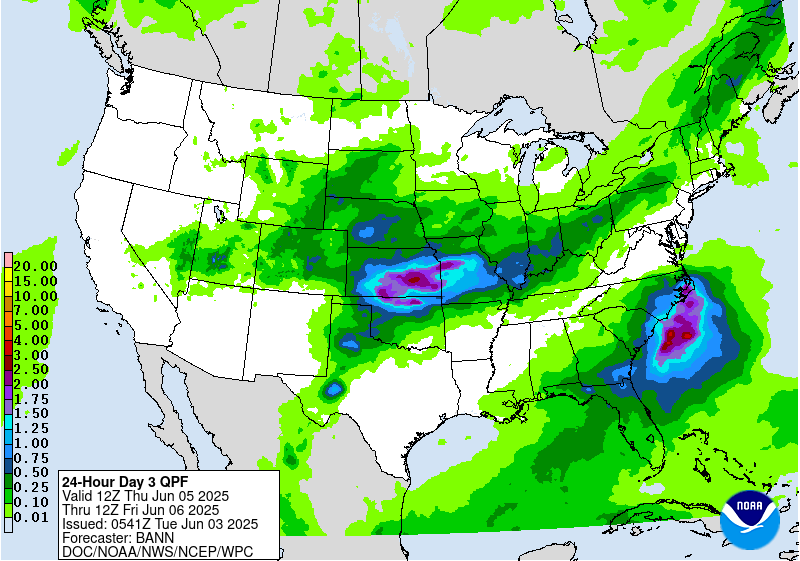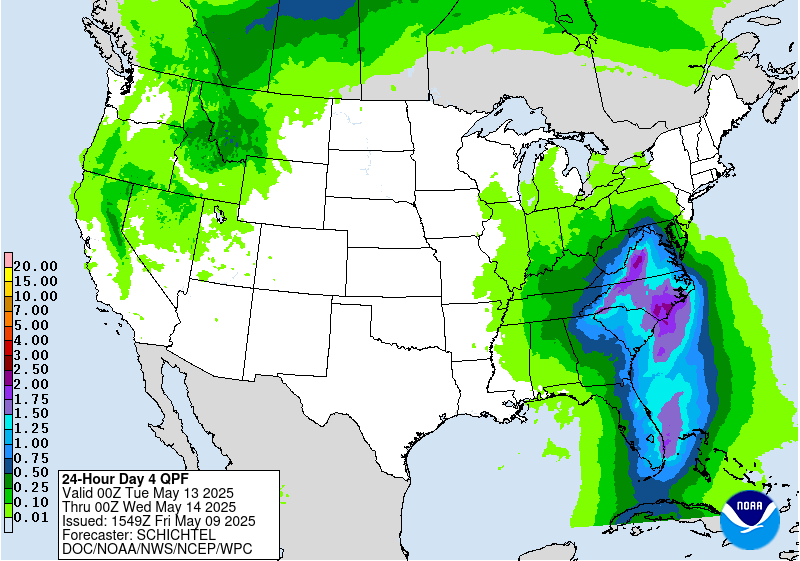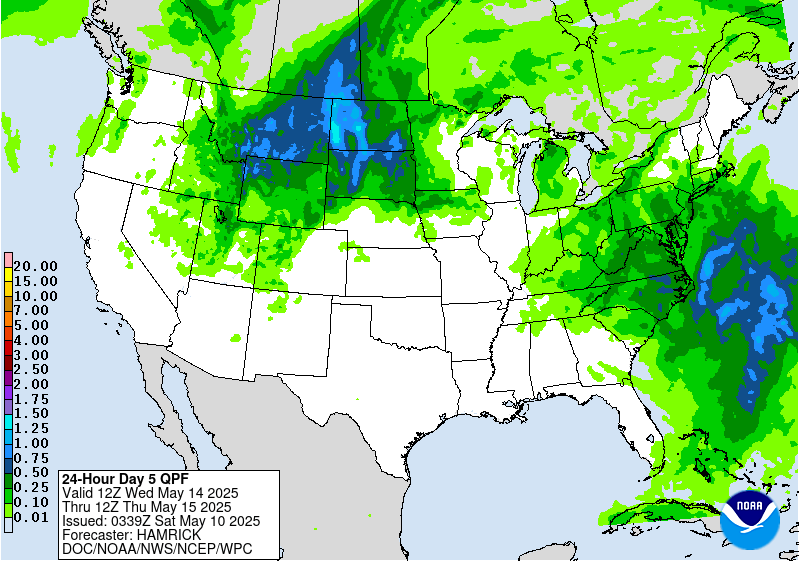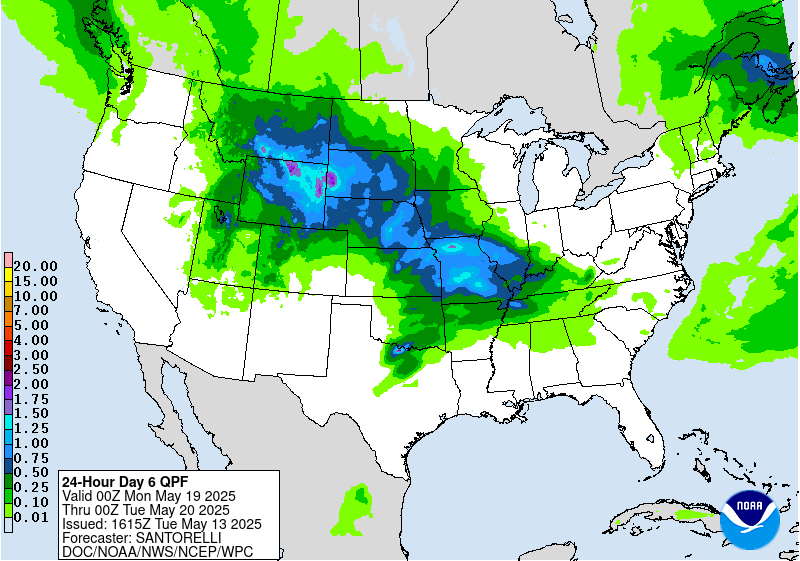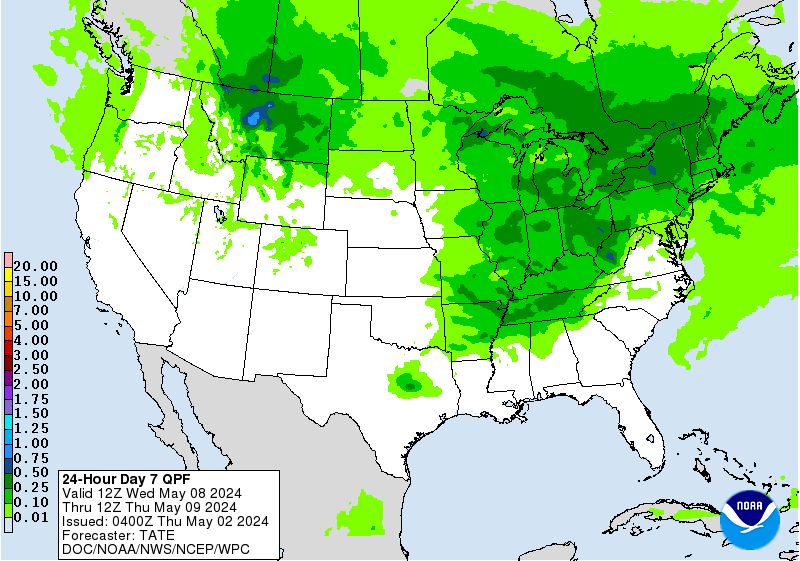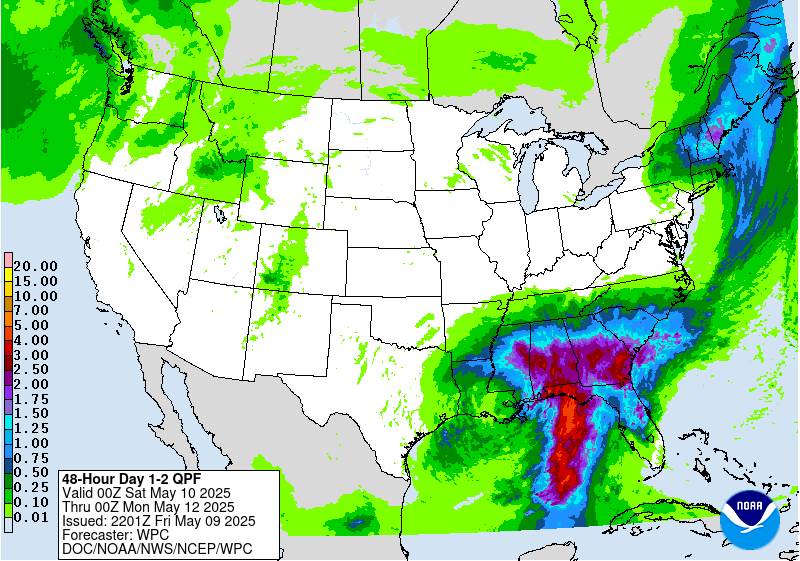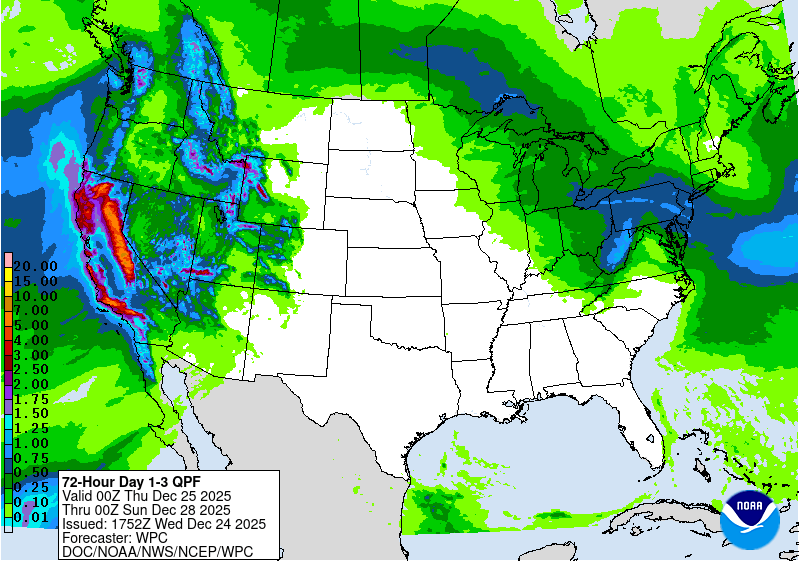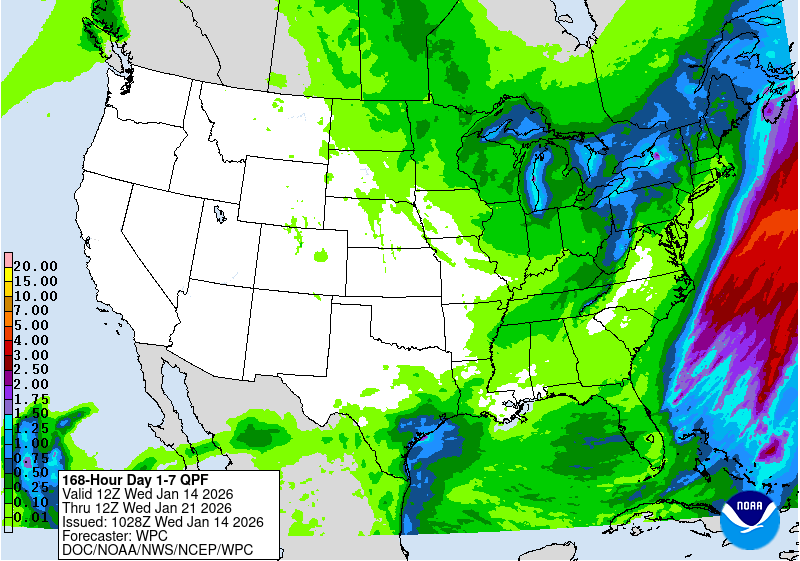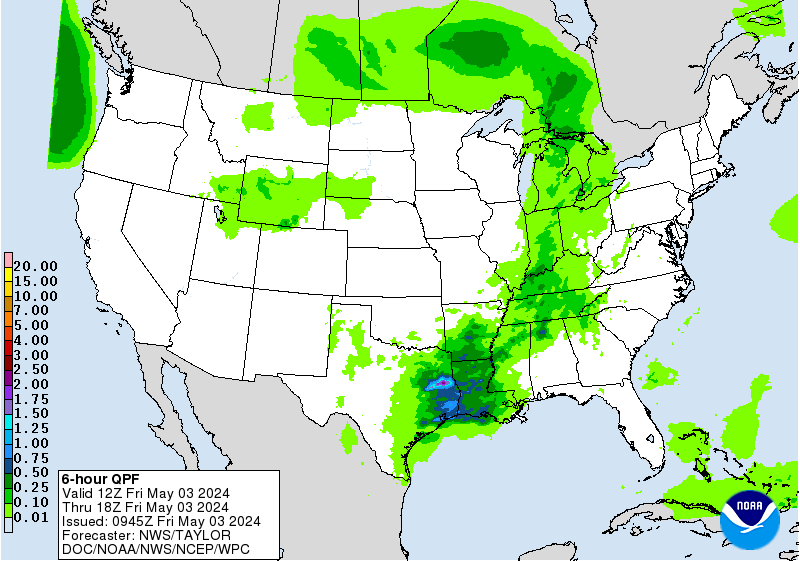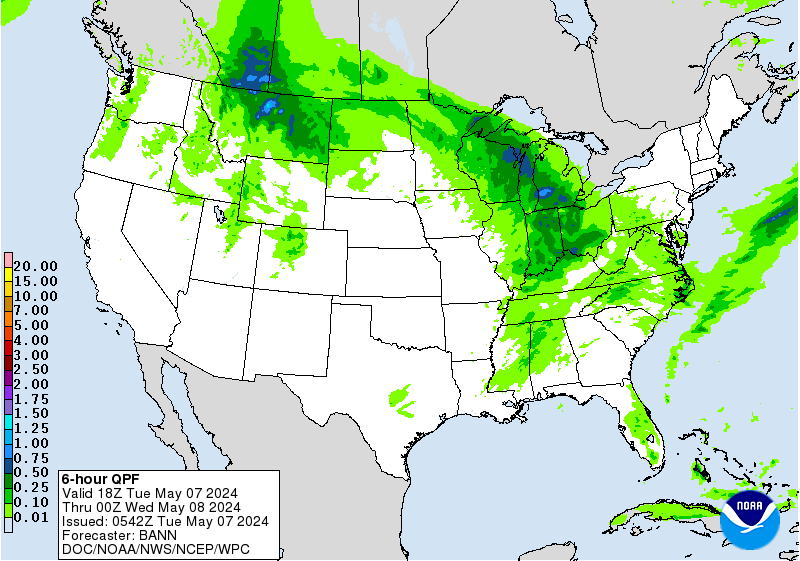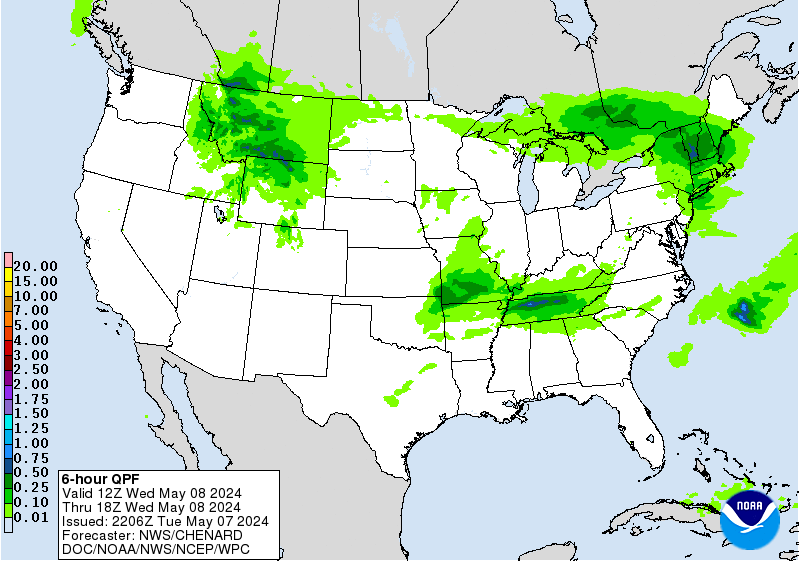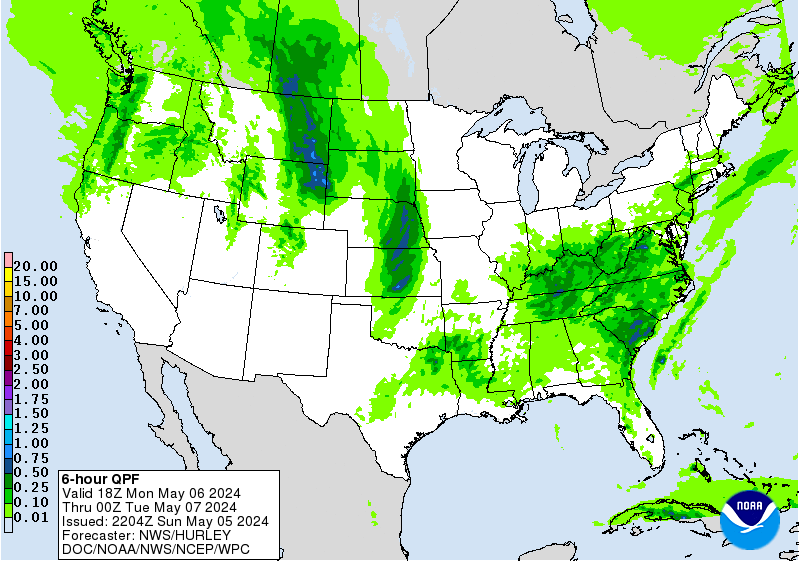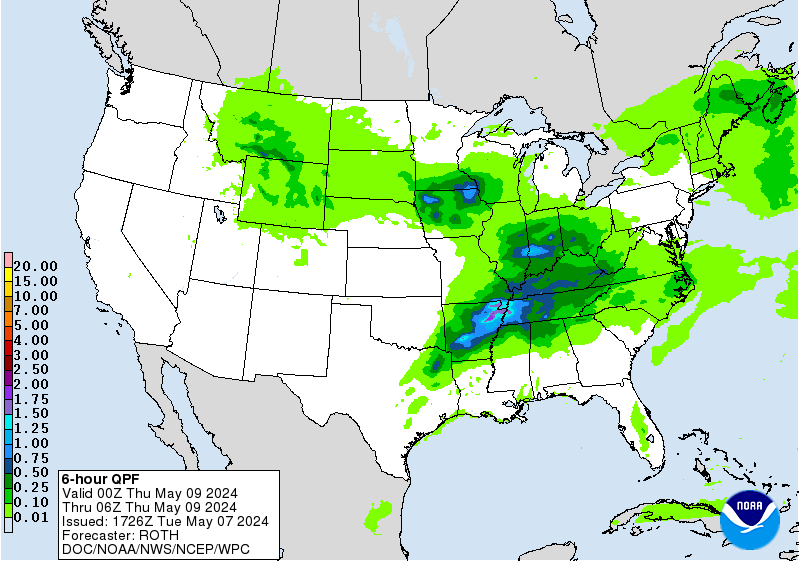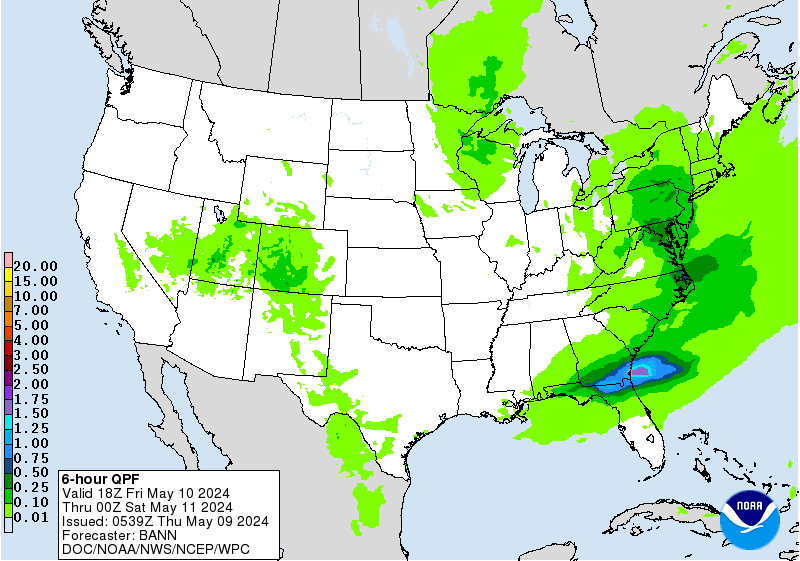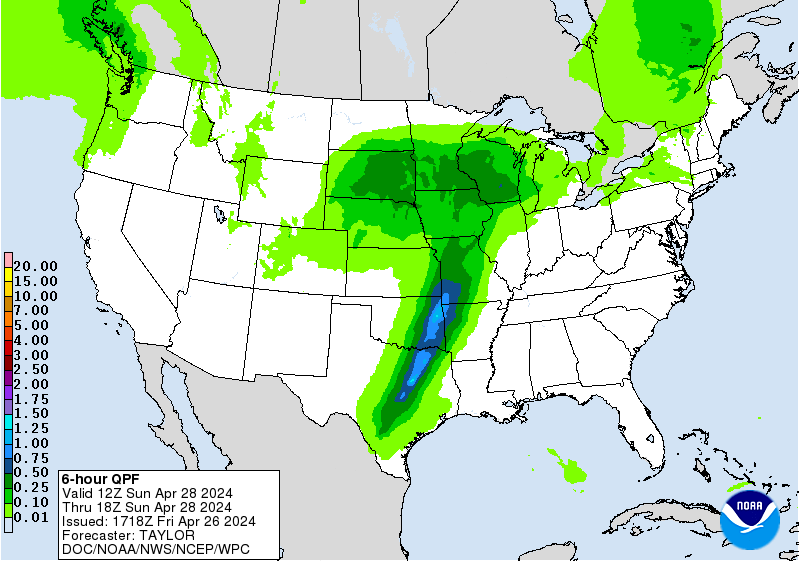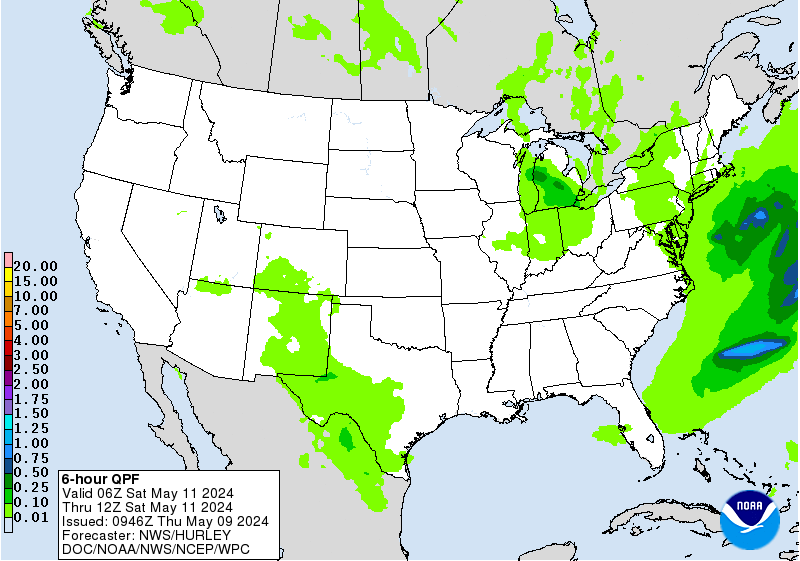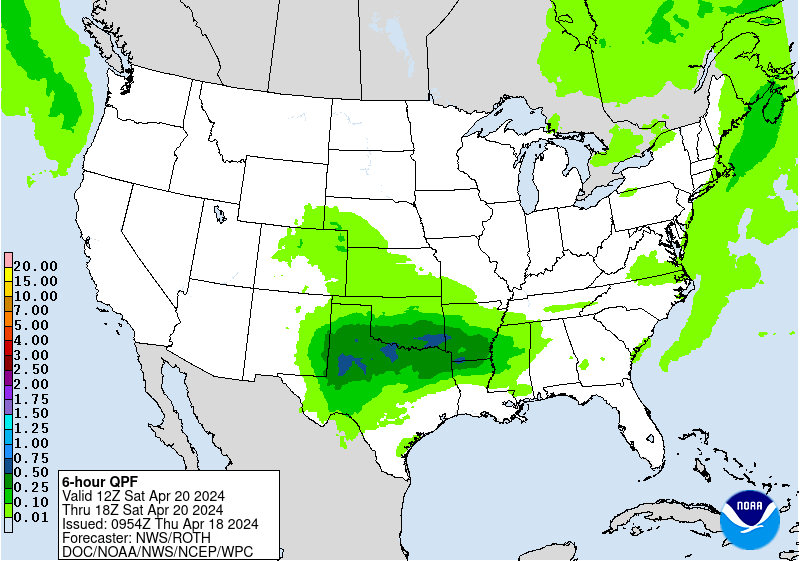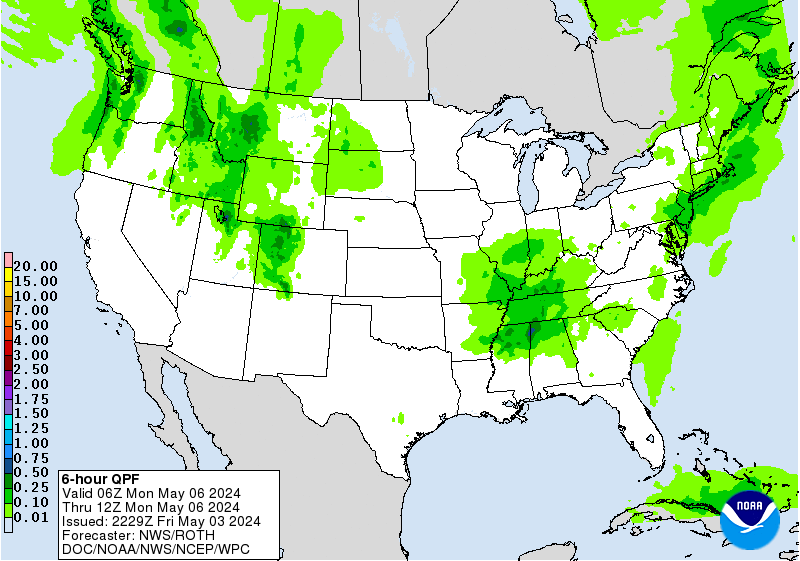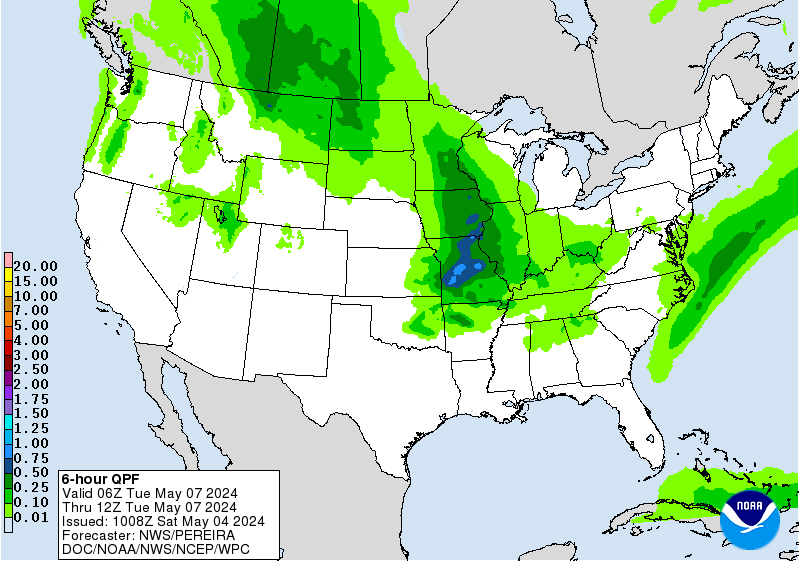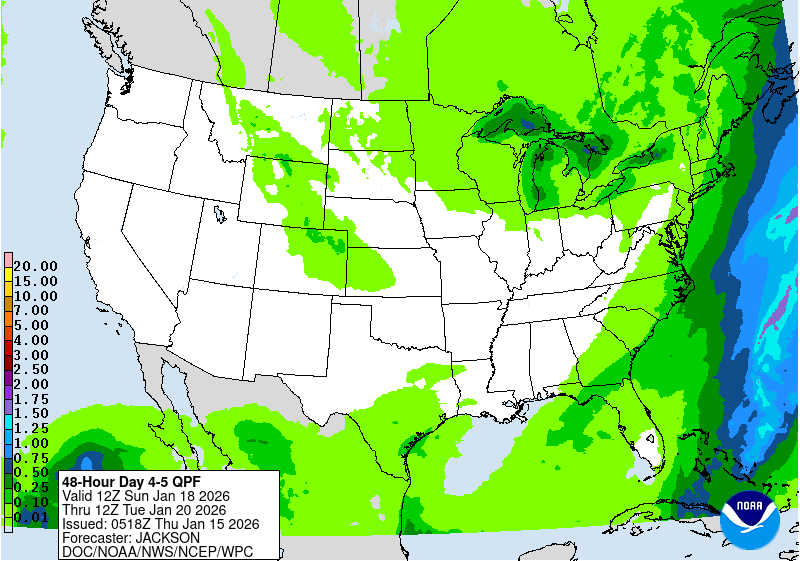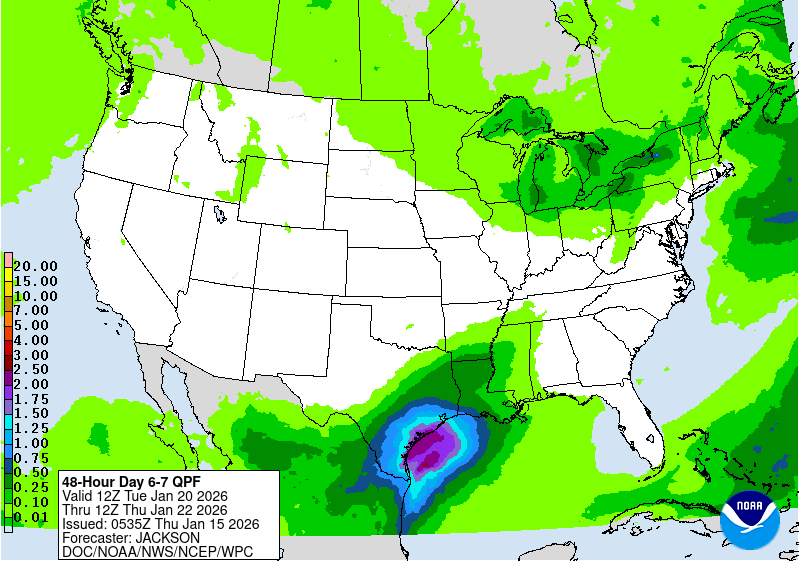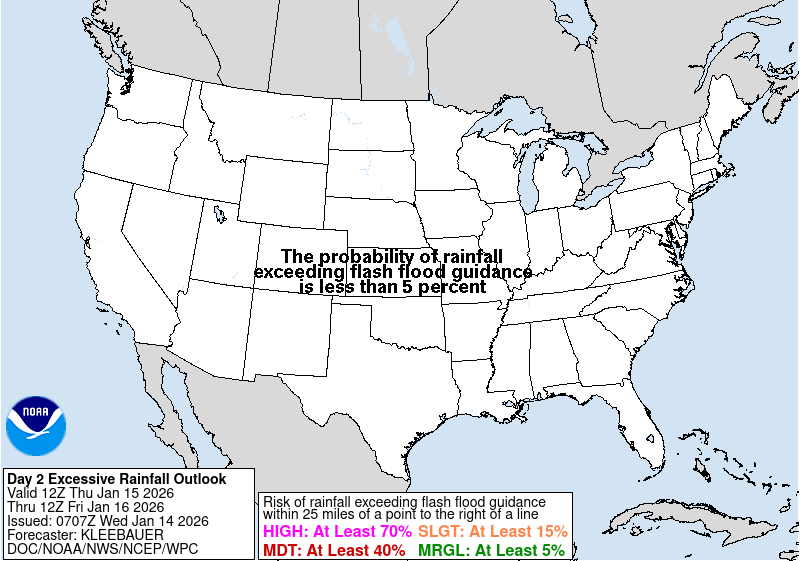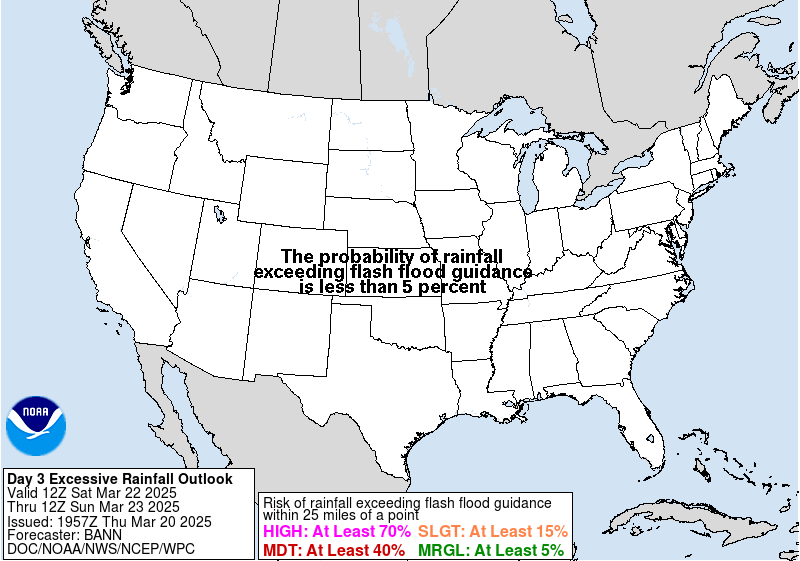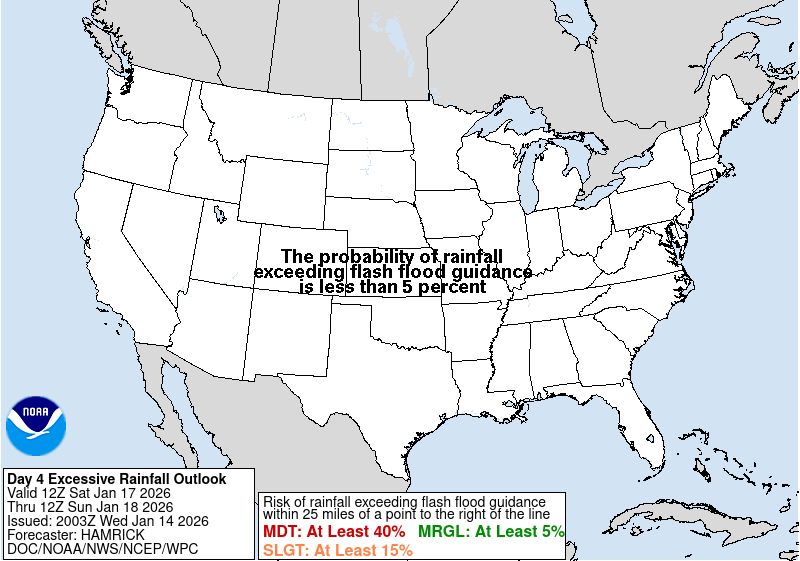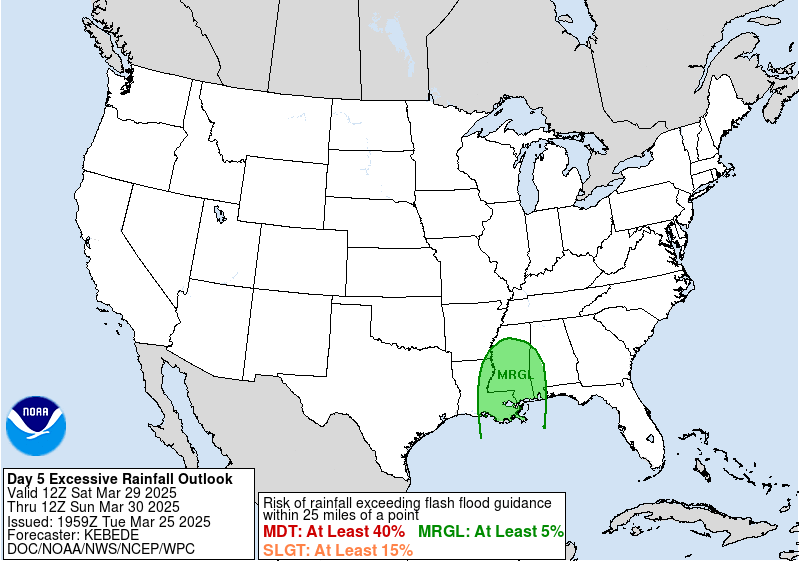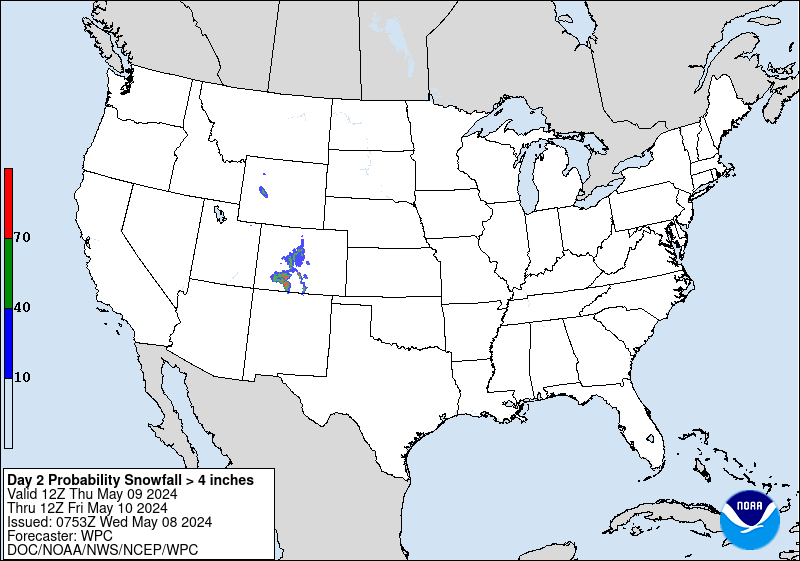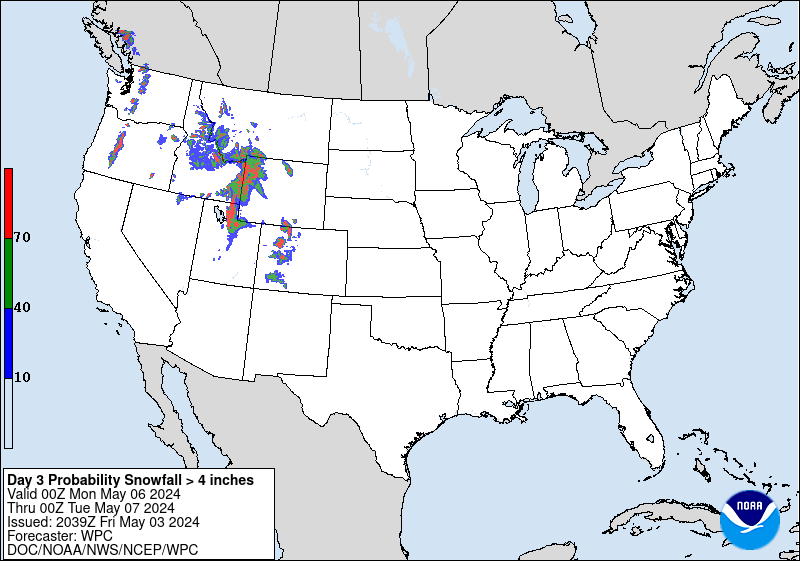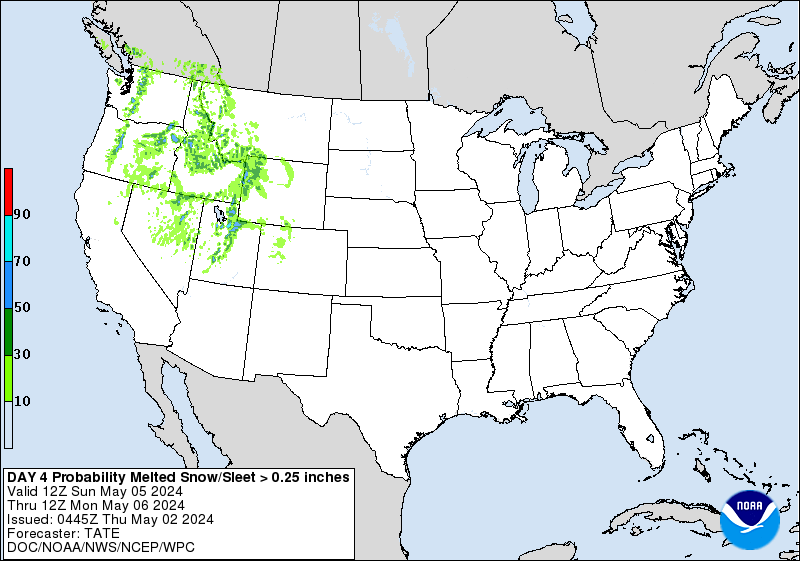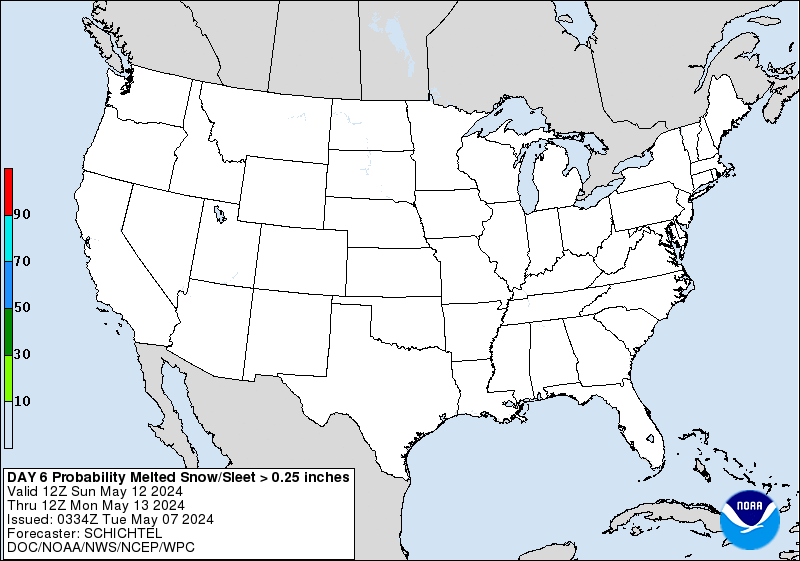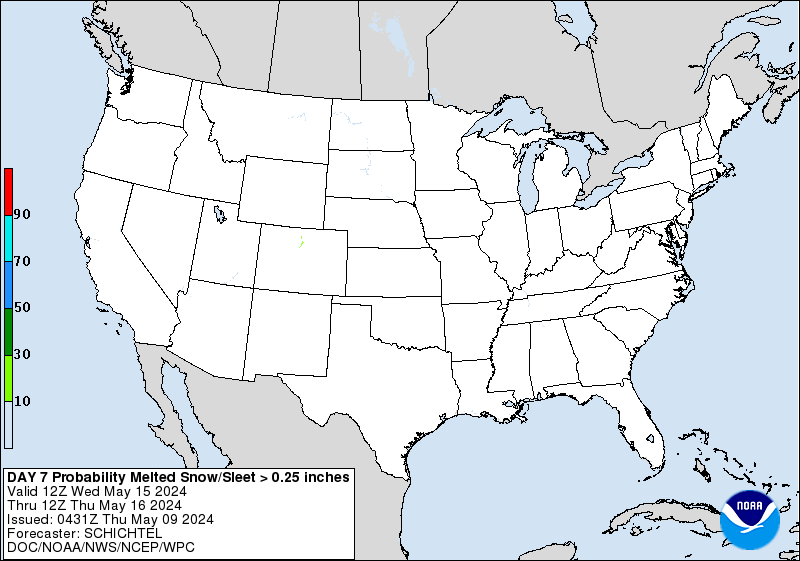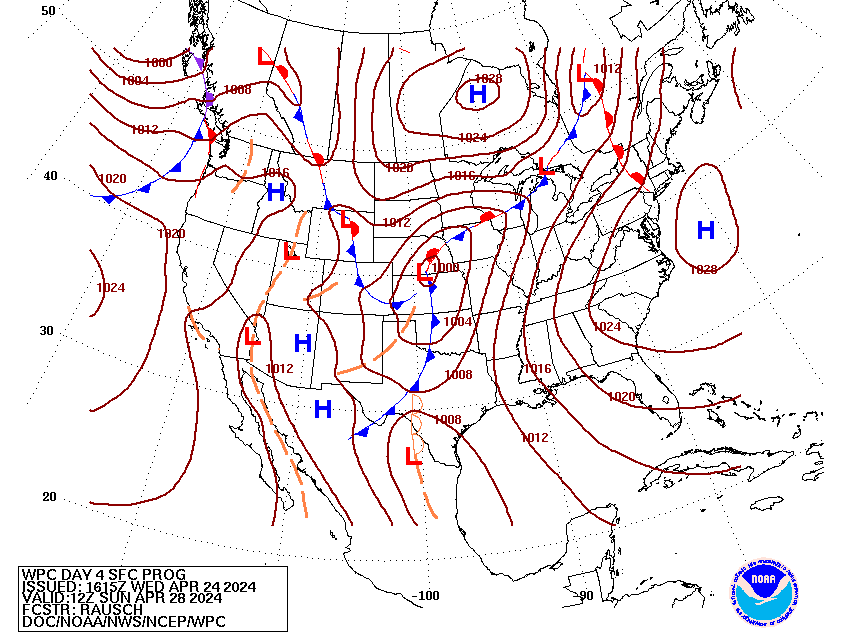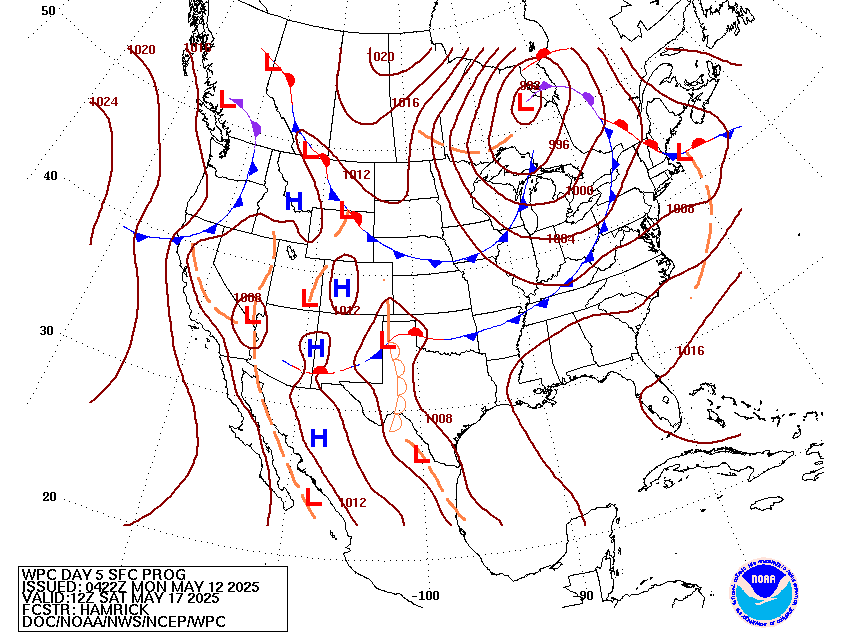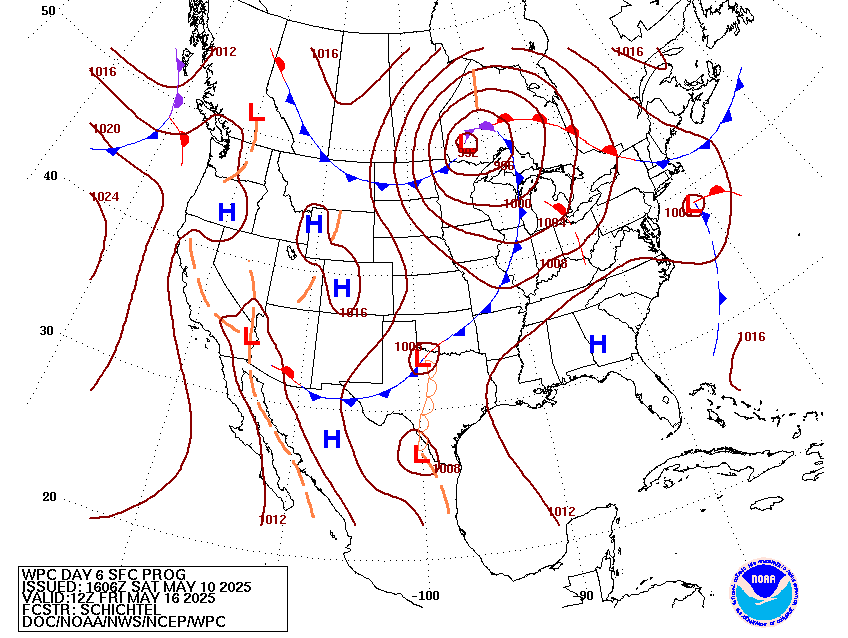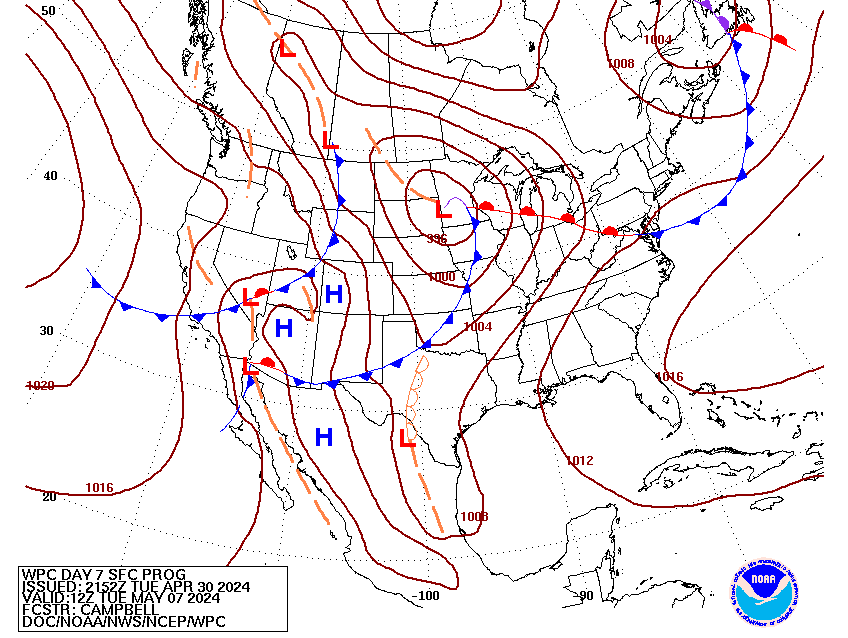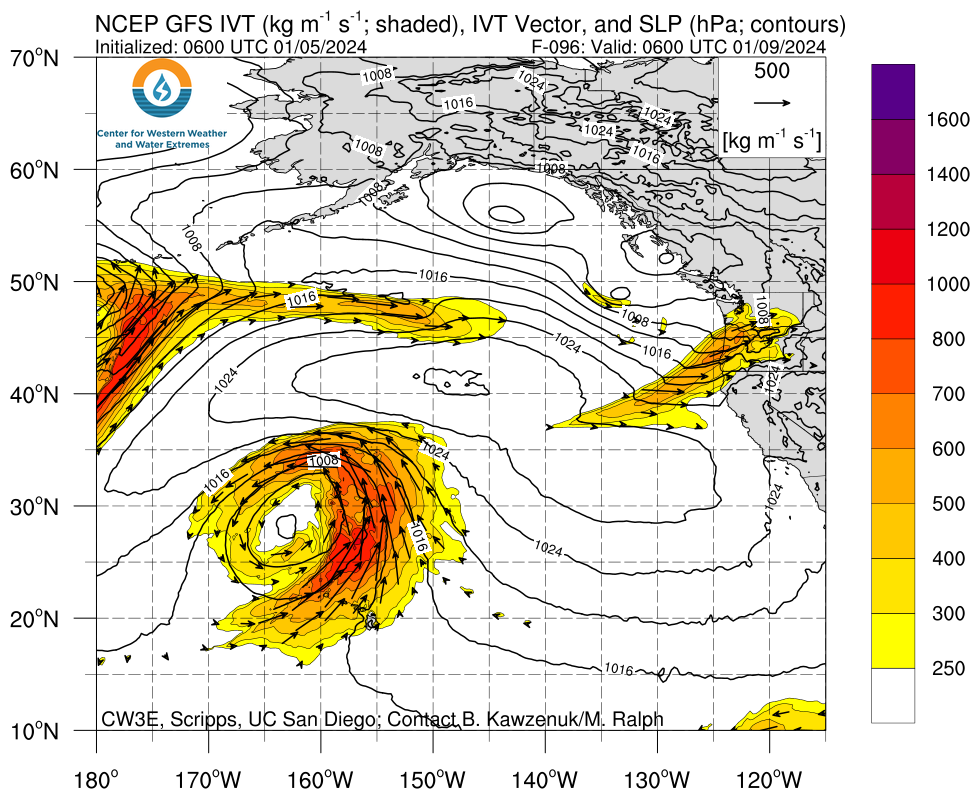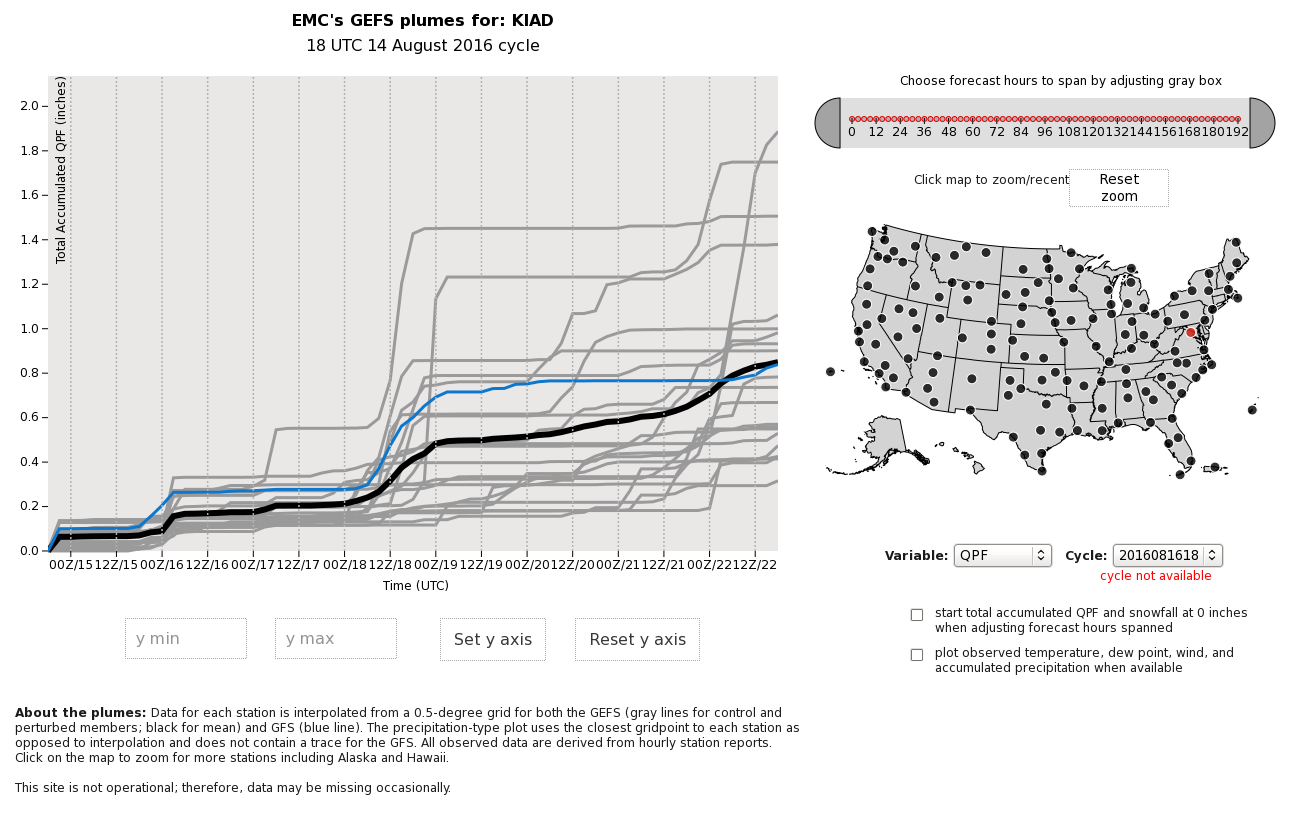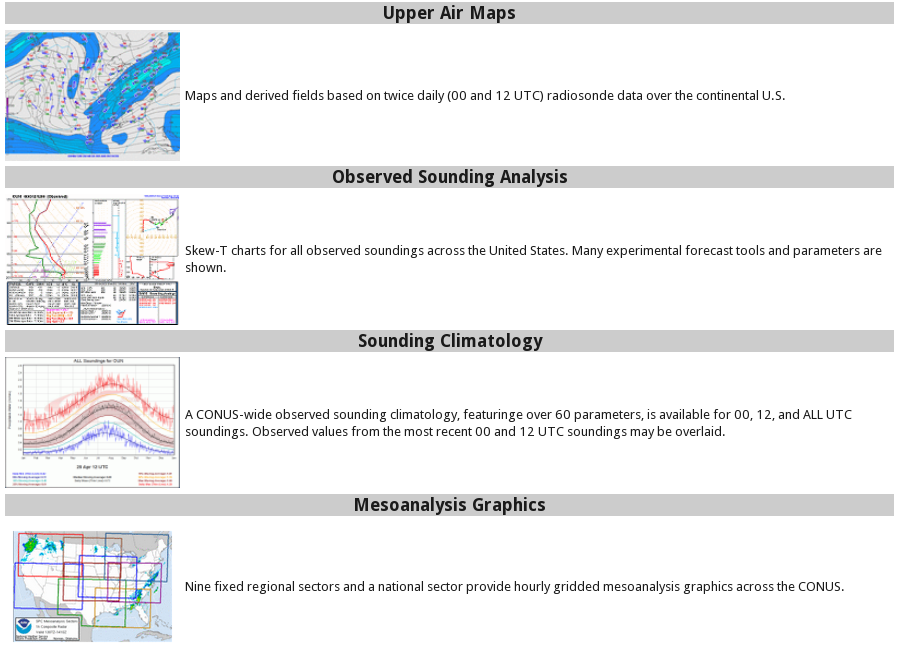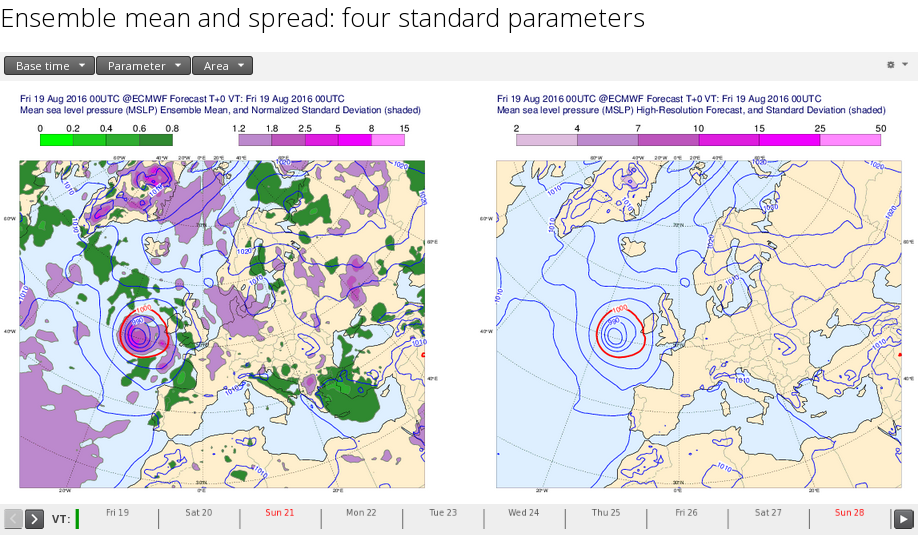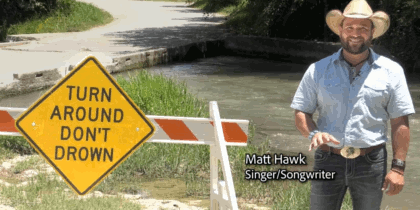Probabilistic Heavy Snow and Icing Discussion
NWS Weather Prediction Center College Park MD
203 AM EST Thu Dec 25 2025
Valid 12Z Thu Dec 25 2025 - 12Z Sun Dec 28 2025
*** Continued Heavy Snow on the Sierra Nevada through Friday ***
...Great Lakes to Northeast...
Days 1-2... Maximum impact level from WSSI: Moderate
Quasi-zonal flow will direct a plume of moisture originating from
the West along the US/Canadian border today/tonight with WAA-driven
snow over the MN Arrowhead into the U.P. of Michigan. With cold
sub-32F sfc temps over parts of MN/WI/Lower MI at precip onset
tonight, some freezing rain is likely with minor accumulations over
MN/WI. WPC probabilities for at least 4 inches of snow are low to
moderate (20-60%) over the far northeastern MN Arrowhead into the
Keweenaw Peninsula.
Into D2, shortwave will push through northern Lower MI with its
sfc reflection over IN/OH and the 850mb low moving through BUF. The
sfc low will weaken as it approaches the Appalachians, getting too
far behind the mid-level shortwave, and ultimately jumping into
the Atlantic by 12Z Sat. From Friday to Saturday morning, a variety
of ptypes are expected over the region (central Appalachians/Mid-
Atlantic to the Northeast). The stubborn cold surface air will hold
tight over Lower MI and especially into the Laurel Highlands in
western PA where significant freezing rain is possible. WPC
probabilities of at least 0.10" icing are high (>70%) from around
Detroit and into western PA/western MD, with 40-60% probabilities
of at least 0.25" icing in these areas as well. Light icing is
likely on either side of this zone of maximum probabilities -- on
the south side along the I-66 corridor (DC) and into eastern WV. To
the north/northeast, deeper cold air at the surface will allow for
sleet to be a dominant ptype over central/eastern PA with up to an
inch of so possible. To the north, from central NYS through
northeast PA into the Catskills/Poconos and to the NYC Metro area,
an axis of moderate snow is possible, driven by the stronger height
falls at the nose of the incoming 130kt jet. The whole scenario is
still uncertain in where the transition zones align as some of the
00Z guidance (e.g., the NAM) were much farther northeast with the
WAA than the other global guidance. The recent trend has been
toward this milder scenario but only nudged the forecast somewhat
given the lead time still.
WPC probabilities for at least 4 inches of snow are >50% in a zone
bounded between I-890/Rt 17/I-476 to the west, the southern
Adirondacks on the north side, Berkshires/I-91 to the east, and
into the NYC Metro/Long Island to the south. Though the system will
be progressive, combination of higher SLRs and upslope could yield
more than 8 inches of snow into the southern Catskills.
...California/Sierra Nevada...
Days 1-3... Maximum impact level from WSSI: Extreme
The next moisture plume with the long-lived atmospheric river
event will arrive this morning into CA amid lower snow levels
around 55000-6500ft and heavy snow rates of 2-4"/hr through midday
before rates again decrease in showery conditions through the
afternoon. The last larger punch of moisture arrives this
evening/overnight with persistent snow levels of 5500/6500ft
through the night before dropping to 5000ft for Friday with
continued moderately heavy rates (1-2"/hr). Precipitation is
expected to finally wane by Friday night as the upper trough moves
ashore with ridging to follow. The lower snow levels and rounds of
heavy snow through Friday will lead to increasing travel and
infrastructure impacts. Additional snowfall of 2-5ft can be
expected above 6000ft along the extent of the Sierra Nevada.
Far northern CA ranges (Shasta Siskiyou/Klamath/etc) can expect
moderately heavy snow above 4000ft or so as snow levels dip to
start the period. Some snow impacts to I-5 near Mt Shasta are
possible mainly early Friday. Most snow will end by 12Z Saturday.
Over SoCal, snow levels drop to around 7000ft tonight where they
linger through Friday. Impactful snow looks to remain higher than
Big Bear Lake.
Key Messages for the CA atmospheric river and subsequent low that
maintains impacts through Friday are linked below.
...Pacific Northwest, Great Basin and Rockies...
Days 1-3... Maximum impact level from WSSI: Moderate to Major
Though the AR affecting CA will infuse some moisture into the
Rockies, an incoming trough out of the Gulf of Alaska will drop
into the PacNW on Friday with a renewed increase of moisture to the
area as snow levels remain on the lower side -- generally
2500-3500ft in the Cascades. That trough will exit WA early
Saturday and bring widespread light to moderate snows to the
northern Rockies the CA AR (via the separate upper trough) moves
inland as well. This will act to expand the area of snow across
most of the Great Basin to central Rockies Saturday into early
Sunday before the entire full- latitude trough then exits onto the
Plains just beyond this forecast period. Snow levels will be much
lower over MT/ID and western WY compared to UT/CO (closer to the
warmer AR) -- generally 4000ft to the north (and falling to the
valley floors) ramping up to around 7000-8000ft over CO, falling to
below 6000ft by early Sunday morning.
For days 1-2, WPC probabilities for at least 12 inches are >50%
above about 2500ft in the WA Cascades (still affecting the passes),
5000ft in western MT, 6000ft in central ID, 7000-8000ft in the
western WY ranges, and about 9000ft in the Uintas. For days 2-3,
the focus will be on the CO Rockies where WPC probabilities for at
least 8 inches of snow are >50% above about 9000ft.
Fracasso
...Winter Storm Key Messages are in effect. Please see current
Key Messages below...
https://www.wpc.ncep.noaa.gov/key_messages/LatestKeyMessage_1.png
https://www.wpc.ncep.noaa.gov/key_messages/LatestKeyMessage_2.png
